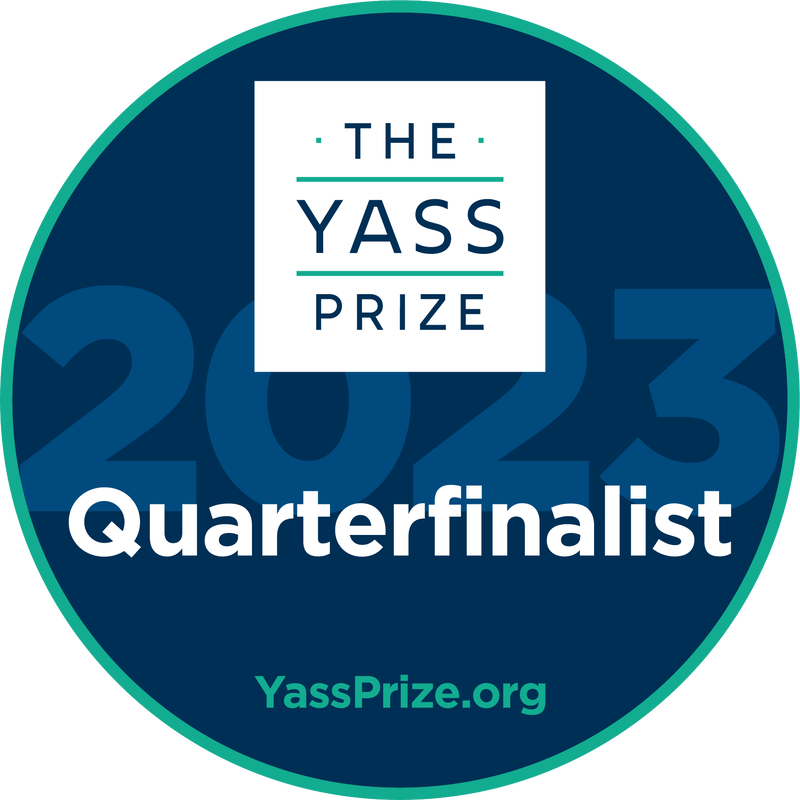|
This past school year found me spending my time working at The Innovation School to find a new director and solidify the many things that I had been doing for the past 6 years so that the school could continue to flourish under the guidance of a new leader. There were (and are) so many emotions that went along with all that work. This Summer, I continued to meet with our new leader, Heidi Woods, to train, support and help her transition into her new role as Educational Architect (Executive Director) for the school. I felt excited and hopeful as she began leading our team and things continued to fall into place. I had been working on a few grants towards the end of the school year. The Yass Prize was due in July and I found myself putting off applying. The odds of making it to the first round of applicants seemed like a long shot (they expected over 2000 applicants) and my Summer was beckoning. I had company coming to visit and my days were full of all the fun of Summer break, especially for a school administrator in July, when the hubbub of the end of the year had died down but hadn’t yet started up for the next school year. But I continued to receive reminder texts about the due date as well as inspiring emails from former winners who shared that they had been in the same place the Summer before, only to be surprised and humbled to have received the award later in the Fall. So… nearing the end of the deadline, I finally finished my application, which took about 4 hours, and clicked submit. Phew. Done. But wait… part of submission was the agreement to review and give feedback on 5 of the applicants. This needed to be done on a strict timeline and was due just a week after my submission. (Again, I remind you of the loveliness of July for the life of a school leader!) Reviewing five other submissions really humbled me as these organizations were all doing really amazing work. I felt even more of a longshot after reading through these applications. I had put it on my calendar that the livestream announcement of the top 64 quarterfinalists was last Thursday. I was working with some students and really didn’t think that we had much of a chance, so I decided to watch it later. To my huge surprise, I came back to my email shortly after and found one with the subject line “Congratulations and welcome to the quarterfinals!” I was speechless and at a loss for words. I think I said “WHAT?!?!?!?!” and everyone around me had to know what was up. I remember saying “I think I just won a grant that I applied for,” but again it didn’t feel real. Slowly, as the emails started coming in and the information from the Yass Prize group streamed into my inbox, I accepted the news. Our little microschool in Bismarck, North Dakota was heading into the top 64 of what is often called the “Pulitzer of Innovative Education” with a chance at winning a $1M award. Even just typing that, I have to reread it! I am heading to Cleveland, Ohio on October 9 and 10 to meet the other amazing award winners and hear the announcement for the top 32. I feel so incredibly grateful and excited. The Innovation School is being recognized nationally but could never have made it this far without our local support of our staff and parents and board members, plus our amazing students that shine and help our work exemplify cutting edge education. Our friends at Northern Cass School District are former winners and the gracious and innovative Cory Steiner said that it was an incredible experience. We are proud to be recognized in this way and are eager to learn more and grow on our journey with the Yass Prize. The timing could not be more perfect as our new director takes us into the next stage of our sustainability and growth as a school. It’s an exciting time to be in The Innovation School family! I am thrumming with gratitude as we share this news with our stakeholders and local media. We can’t wait to share more of this exciting journey with everyone as we enjoy the ride of the quarterfinals of the Yass Prize!
0 Comments
I’ve always had an insatiable love for learning. As a child I grew up in a small town in northeast ND near the Canadian border (population 75) where I rode the bus to and from school everyday. I spent most of my free time outdoors climbing trees, riding my bike, creating, building forts, ice skating, and hanging with my dog and my cat as we roamed the neighborhood. I remember feeling so free as a kid and like there was something more “out there” than the vast fields of farmland that surrounded me for as far as the eye could see. That love for learning continued after I graduated from high school and I set out to discover the “out there”. I booked a one-way ticket to Anchorage, AK to nanny for a family with a boy named Shawn who had Down Syndrome. He stole my heart. Not only did I have access to the most incredible views, hiking, and seafood, I was also living in one of the most beautiful places on the planet. The experience deepened my love for the natural world and Shawn helped me to discover my passion for working with kids. I decided to become an Occupational Therapist when I returned to ND and not too long after that I had a child of my own. My son followed about 4 years later. Parenthood is the best ‘hood’ and kids will teach us as much as we are teaching them if we are open to it. They softened me, taught me patience, discipline, and how to have FUN! Fast forward to today and that daughter is 20 and my son is 17 (and I have 2 bonus kids that are 11 and 8) I feel I’ve lived a hundred lives since my kids were little! Between now and then I went back to school at UND for Nonprofit Leadership, became a certified Yoga teacher and started teaching Kids Yoga, opened a food co-op from start to finish, became a certified meditation instructor, opened a mindfulness consulting business, gave a TED talk, lead workshops and retreats, was awarded a 2 year BUSH Fellowship, and have traveled all over the U.S. More recently my husband and I traveled to Nepal to visit an orphanage that we support. It was an incredibly eye-opening experience that made me feel even more grateful for my life and all the roads I’ve traveled in life. Because I’m multi-passionate I feel my love for learning continues to ask the question “what’s possible here?” I care deeply about community, service, and the wellbeing of others. When we feel better we do better and I try to leave people and places better than I found them. As I continue to dwell in the space of possibility I say ‘yes’ to things that scare me a little bit. That is usually where we experience the most growth. When we feel a little fear it's just a call for courage. So as I step into this “yes” at The Innovation School, I trust this is the next beautiful step on my path to discovering more about myself and those around me. I’m so grateful for this new beginning, to share my gifts and talents with TIS, and to learn from those I will be working alongside with. Let’s discover what’s possible as we journey on this new adventure together!
The world is constantly changing. Because of these changes, I have had to continually reinvent myself, even as a seasoned teacher. These changes I have made have always been made to meet the needs of my students. This happened in the most organic way when I joined the TIS family. TIS has helped me to shed the dead blossoms and grow new ones without fear of reprisal. I have learned to be more present and less reactive. I am more trusting, confident and empowered by the inspirational women with whom I work. I’m still blooming. The goal of The Innovation School is to help students indulge in their natural curiosities. The teachers get out of their way, nudge them a bit, give them choices and encourage them to take responsible risks. We offer a safe and caring environment where each student feels loved and valued. The Innovation School values Projects, Passions, Peers, and Play. The hands-on projects create teamwork, exploration, and inquiry. These qualities are vital for our students as they become lifelong learners. The classrooms are multi-age which build connections, encourage patience and develop learners. We grow together by sharing mutual respect while helping one another discover our strengths and passions. The value of building connections, talking through difficult issues, being authentic, being intentional, being flexible and being able to laugh at oneself adds to the variety of life lessons we learn together. TIS has taught me all the things I have listed. If I could grow in this rich environment, just imagine the amount of growth the students experience as they bloom here. The Innovation School has been my garden. I blossomed as an educator and a person. TIS watered me with love and the passion for learning and growth. The saying “bloom where you are planted” means a great deal to me as I begin a new season of my life. The memories of TIS will be a part of me forever. I’m still blooming. I wish the parents- enough intention to keep TIS blooming enough curiosity to learn and grow along with your kids enough compassion to partner together with the staff my heartfelt thanks for sharing your kids with me I wish the students- enough courage to grow where you are planted enough risk to be creative, curious and passionate my gratitude for allowing me to be a part of their life And to my colleagues: I wish you- enough smiles to keep your attitude bright enough challenges so you will continue to grow enough inspiring lessons to strengthen your desire to teach enough support from parents and one another enough balance in your life beyond teaching enough years of teaching to look forward to retirement enough time to grow and continue to bloom
When coming to a place where everything looks different than you have known your whole life it is hard to navigate where and how you will fit - how you will mold. Over time, that fear continues to grow as your world expands and you have little tiny humans to care and love as your heart now lives outside your body. The idea of sending them to a place for hours a day multiple days a week seems daunting. This was my mindset as the start of our school search began. I was nervous and scared because I knew what I had envisioned our family and yet I was not sure if that would be possible. Then I found The Innovation School and it almost felt too good to be true!! I analyzed the website, read the blog posts and all of the social media and sent the school’s website to friends back home. Some were experts in education and some were just moms looking for something special too, and they could not believe this type of school, really community, existed in our small town. I was ecstatic and finally took a breath. I had found it, a place so special for our son. What I thought our son’s school day would look like was completely wrong, in the absolute best way! This school has exceeded and pushed any thought of what I thought it could be not just for him, but for our family. This school truly defines what it means to be a member of a community - a place that is an extension of your home. The teachers and staff that walk through the halls every day are not clocking in and out of a job; they are here for you through it all. Every emotion/feeling/milestone/success/struggle for your child. The staff see your child as a whole person. Our classrooms do not look like typical American public-school classrooms and I’m eternally grateful! Children walk into this school and whether they are in Pre-K or 8th Grade they are welcomed to be who they are and they are encouraged to express their true selves. I have watched our son grow so much since he stepped foot into his classroom in September. His confidence, happiness, silliness, and leadership has exploded even beyond my wildest dreams, all the while his empathy and humility and compassion continue to grow and is nurtured through natural and authentic experiences. While students in other schools are sitting at desks doing worksheets and coming home with so much paper in their backpacks, our son comes home with stories and experiences and projects from the collaborative work and PLAY he has been doing all day. The photos sent at the end of each day show how our son and all the children can learn anything and everything by just being allowed to explore their environment in ways that as adults we do not take the time to see anymore, and it is truly MAGICAL!! Unexpectedly, we had two snow days at home in late March/April and while some children had iPads in front of them, I got to experience first-hand the learning our son has in his classroom right before my eyes, as we researched animal extinction and created a real video game - this is true learning and his expression of the information synthesized. I’m so grateful for this community and staff and teachers and parents. I know every day when our son comes in for a hug hello after a full day of school, he has had a day where he was allowed to be the person he is in an environment that allows him to grow into the person he will continue to be. I know for a lot of people the biggest question they have: - How do they learn? - What about tests? I think about my life as an adult - when have I had to prove my knowledge through a test since graduating college? Never! As an adult when I do not know the answer I can seek out resources to learn, ask for help, seek out an expert or a friend/colleague that wants to learn this new topic too. This is exactly what is mirrored at our school. It’s not about right or wrong, it’s about learning/researching and uncovering new ideas/concepts. As a society, we have seen what has happens when we spend so much time on teaching to the test and worksheets instead of practicing socialization/social interaction/collaboration. Our school has the “secret sauce” to teach our children while not feeling like they are being taught, instead the students are on the journey of learning with their peers through the support of our teachers. As a parent of a Yellow Band student (our Pre-K/Kindergarten classroom) I watch the older students and see how accomplished and well-spoken and intelligent they are and I cannot wait to see our son grow and follow his path with these core beliefs as his foundation. Does our school look different than most? YES! Does our school provide more than what you get at other, more "traditional" schools? YES!
I’m so grateful to Maggie and the entire staff for working tirelessly to make our school so special. For the past 3 years, my daughter has attended the Innovation School (TIS). My son just started preschool there this past Fall. During this time, I’ve realized just how valuable mixed age groups are to my children’s development of life skills. Now, as a teacher at TIS, I have gained a new perspective in this wonderfully flexible model of thinking that benefits all ages within our school environment, including teachers. One of the primary benefits of mixed-age learning is that it helps students and teachers recognize that age does not determine a student's ability, experience, or knowledge. In a mixed-age classroom, students have the opportunity to learn from and teach one another, regardless of age. This creates a more inclusive learning environment that values ability at all levels and promotes a growth mindset. Our students are grouped in three bands this school year. Our two TIS Sr. "bands" (groups) have students ranging from 1st-8th grade. This provides many opportunities for interaction, idea-sharing, teaching, and learning from others of many ages. Our students at TIS love time when their peers lead projects, workshops, learning adventures, and day-to-day learning. Many of our projects include collaboration across different ages. Often TIS students will take a survey of their ideas around the school to all the students to gain insight and input. When students lead, teachers facilitate feedback sessions with everyone to gauge how both the leader and learners felt.There is no fear to share an idea or ponder a question because different viewpoints are respected amongst peers with the goal of growth and learning. This mindset of age as a number creates opportunities in reading and math content by having students lead their peers in areas they may have more skill or experience. In this regard, teaching and learning become a shared experience across all members of our school community. From a teacher perspective, the opportunity to teach a child at their skill level rather than solely by age relieves the students and teachers of rushing students through skills and lessons to meet some arbitrary deadline of when they are "supposed to know”. This allows teachers to delve into topics of high interest for students, then interweave content that may be initially less appealing to a student, and incorporate different subjects into a meaningful, relevant learning experience. It allows for mastery of a skill, rather than brief memorization of facts. This approach allows students’ strengths to emerge and be fostered without stressing over where they “should” be academically, simply because of age. It also really allows us, as teachers, to look at the long-term growth of our students as individuals. It affords us the opportunity to meet them where they are within their current capacities and develop them as a whole-person to include their social, emotional, physical, and intellectual development. Another advantage of mixed-age learning is that it can help students maintain their child-like innocence for a longer period of time. Older students can engage within play scenarios that may be considered “childish or naive” in settings of all same-age peers. At TIS, this is the norm and has come to be expected across all ages. Our youngest students are often the leaders of pretend or make-believe play in purest forms and the older students are eager to play along. Our older students regularly teach our younger students games or recreational kinds of play. Play is one of our core values at TIS and our students embody this across the range of ages. This is most often seen during unstructured play of recess and lunch time, but also within our learning adventures, STEM, math, reading, mentor meetings, mindfulness - really it is embedded throughout each school day. Mixed-age learning also provides opportunities for older students to take on leadership roles and mentor younger students. This can help to build confidence and self-esteem, as well as develop valuable skills such as communication, empathy, and collaboration. At the beginning of this year, TIS students who were 10 and older had the opportunity to take on the role of Yellow Band helpers. Yellow band helpers are older students who help our youngest students follow our group agreements and keep them safe within the school environment. If they chose to participate, they submitted an application and met with Ms. Andrea, our Yellow Band teacher, to best understand the expectations of their role. Some of their jobs include helping younger kids get dressed in outdoor gear for recess, walking to and from recess, assisting with lunch items/prep, and providing reminders of appropriate behavior during these times. Each helper is on the rotation for the week. I’ve seen so many of our students rise to this task and develop confidence in this role. And of course, our Yellow Band helper team aren’t the only ones mentoring. All of our TIS Sr. students (grades 1-8) benefit from this responsibility, as it can provide an additional sense of purpose within our school community. We often remind our TIS Sr. students how they have a privilege and a responsibility to lead our school by their example as they are with our youngest students in many day-to-day interactions, including walk, recesses, and lunchtime. At a recent Friday meeting, our students proposed and voted in mentoring our Yellow Band students after gym time on how to organize the gym closet by pairing TIS Sr. students with a Yellow Band student (Pre-K & K). As Yellow Band students learn the process of how to maintain order and cleanliness of our school spaces, they learn to take pride in our school community and environment. Alongside all the benefits of the TIS Sr. students, TIS Jr. also gain skills of trust, confidence, friendship, and citizenship. Through these mentorship opportunities, all of our students learn to trust one another and benefit from being in the community with others. With the size of our school, mixed age learning creates a wonderful family feel. Recently, I observed a great example. Two Yellow Band students collided when passing each other through the doors of the lunch room, resulting in tears and a bloody nose for one. After one of our teachers helped get him cleaned up, he came back to lunch to be greeted by many concerned friends of all ages. Throughout the rest of lunch, he had peers coming to check on him every other minute saying things like "glad you are okay, that looked like it hurt, do you need a hug?". Another example of this I observed was during our end of the day reflection time. At this time, students are given a question to reflect on their day. Examples include questions like: how did you help your physical development today, how did you express your creativity today, or what was a positive interaction you had today. One of our 8th Grade students shared her positive experience playing a fantasy game at recess with the Yellow Band students. The care they have for one another and the "family" love that shines through so often makes for a very warm, loving family feel at TIS. Mixed-age learning at TIS provides a variety of benefits for students. By valuing students’ abilities, maintaining innocence, creating leadership opportunities, and having a family-like feel, TIS creates a more flexible and collaborative learning environment that fosters personal growth and community-building.
I have found that many educators and parents feel confused by what a “student-led” project really means. Often, they tend to assume that if a project is student-led, it’s not actually hitting any learning standards. Or, they think the students don’t really want to learn, so we have to trick and coerce them into working towards certain outcomes. I have found this to be completely wrong in the past 5+ years of working with students. Students are deeply, deeply interested in learning. They are curious, creative and interested in many different topics. When I approach an inquiry subject, I am eager and excited to see where it leads. Our inquiry blocks are focused on science, social studies, and language arts standards. We take a certain “lens” and help develop it with our students for further exploration and discovery over 5-7 weeks. I am a very flexible thinker. I have my degree in business but almost have enough college credits to have a minor in philosophy. I enjoy exploring the unknown, diving into deep questions, and discussing topics that have no clear conclusions but lead to opening, healing, and awakening. Inquiry time at The Innovation School allows me to explore all this and more with our students. We begin each inquiry block with a discussion and brainstorming session. Students discover what lens we are exploring and are given ample time for reflection and asking questions. We start with asking “What do you think you might learn about during this inquiry block?” So many possibilities are born from the students. We dig in. We research. We may go on field trips to lean into different pathways. It’s these different pathways that provide the most student creativity and exploration. Students are often given a chance to create personal independent projects. These are based on their interests and passions. For example, during our first inquiry block, which ran for about 5 weeks, our students learned about decisions that heroes make, as well as explored a fictional read aloud about two fictional heroes that encountered difficulties and overcame them through personal growth and challenges. This catapulted us into learning about ND heroes from the Teddy Roosevelt ND Hall of Fame as well as other types of heroes. Then each student chose a specific heroic person to learn more about. Since we work within multi-age environments, each project ends up looking different. Several of our older students (4th and 5th grade) decided to learn more about ND heroes. This took them more in-depth within local researchers and resources. One of our younger students decided to learn more about rescue heroes such as EMTs and firefighters and another was excited to learn about an NFL quarterback. Each of these heroes showed strong decision making skills (which was our focus for the block - “choices heroes make”) and helped our students see how decisions helped determine who these people became. Students decided to show their learning in a variety of ways and projects. Two created a poster, while 4 created cardboard sculptures. One created a diorama while another used whiteboards and figures to create a 3D representation of his idea. Another created a stage, with a full working curtain while another used a friend’s old crutches to show how Dr. Anne Carlsen learned to function without hands and feet. Then we took time for our students to present their work to the other classes within the school. I have found true student-led projects can be difficult to help facilitate. Researching is a difficult skill as is learning how to take good notes. Reflecting on your learning and deciding how you want to share your learning can also be hard. But even though facilitating this can be a challenge, this is a valuable process that builds creativity, critical thinking skills, and a growth mindset in a natural and engaging way. When students are given pathways for exploration and discovery, they are encouraged to grow and lean into the uncomfortable feeling of not knowing and working through hard things. And, as their leader, I also get a chance to lean into discomfort and grow too! Student-led inquiry and projects take an immense amount of leadership and humility. I believe that’s why facilitating them is so hard. When I lead an inquiry session, I have to come with resources, ideas, materials, and a loose plan about where things will go. But since the students’ questions and interests are what drive us, I have to be willing and humble enough to let go when the sessions go somewhere I wasn’t expecting. This can be a challenge but has helped me grow as a person and a leader. They need me to guide and scaffold steps for them, but then also need me to get out of their way so they can discover on their own. It is a fine line to walk as a leader within the classroom. But while I find it challenging, it’s so rewarding when I see our students connecting with their learning and growing in their confidence as they share their learning through meaningful projects. Check out our student-created rubric from our last inquiry block panel presentation and stay tuned in to our social media for a big collaborative project that our oldest class is working on for our latest inquiry block as we learn more about “How We Organize Ourselves” and the economy! Maggie Barth
I’m often asked what is different about our school. It’s a conversation that we have often as a staff: what do we value? The realization that everybody values something different truly shifted my mindset. I’ve always believed that everyone should be able to believe whatever they want. However, when digging deeper into values, I realized how impactful our values are on our actions. At The Innovation School, our core values are summed up by the 4 Ps. A Lifelong Kindergarten research group at the MIT Media Lab describes the 4 Ps as projects, peers, passion, and play (read more about this group https://web.media.mit.edu/~mres/papers/constructionism-2014.pdf). I will describe how The Innovation School adheres to our values through the 4 Ps. Projects. We believe that there are endless ways to learn and to show learning. In Bloom’s Taxonomy, creating is the highest level of learning. When students build, collaborate, imagine and design, they have the best chance for retainment and understanding. Every day, our students have Inquiry. Inquiry is a time to delve deeper into different topics through discussion, research, and projects. We also strive to create hands-on activities across all subjects. Peers. We believe that learning is social. Our school community is central to our school. Students are in mixed age classes (which we call Bands), which allows them to learn social skills that span across developmental ages. We have flexible seating that encourages students to move around and have interactions with others as they’re working. We have a student-led Judiciary Committee that meets to deal with any complaints written by students. The students partake in Restorative Circles to help work through big feelings. We have a Friday meeting every week in which students bring forward motions for changes that they’d like to see in our school. We have 3 recesses a day, plus a morning walk, all which encourage time with peers. Passion. When students work on something they care about, their investment, work ethic, and interest is stronger. We encourage students to find their passions and dive in. We offer Learning Adventures in which students can choose from various activities that interest them and they want to learn more about. Within our core subjects such as math and reading, we help students find ways to apply their knowledge towards things that they’re interested in. For example, one of my students loves baking. When learning about fractions, I assign her baking work where she learns and uses fraction concepts. Play. This is my favorite value, and what I truly believe makes our school so unique. Play is part of who we are as humans. I watch my own young children play at home and I see so much learning in everything they do. I feel like play sometimes gets a bad rap as being frivolous, meaningless, and chaotic. My first thought on this is that I think there is a time and a place for play to be nothing but that: just pure fun. I think this place absolutely exists within school. School should be fun and enjoyable. Why would our kids want to go somewhere every day if it wasn’t? My second thought is that play can be meaningful. As mentioned earlier, creating is the highest form of learning. Play is hands-on more often than not. I’ve also found that when students are happy, enjoying school, and having fun, then they are more open to the harder experiences that come their way, such as completing their work, conflict resolution, managing boredom, etc. Play creates a type of investment that keeps them wanting to come back. When asked what we value as a school, my answer is the 4 Ps. I think these are perfect representations of what the students and staff do each and every day, and what ultimately makes TIS such an enjoyable place to be.
Supporting literacy skills and growth happens in many ways at TIS. One of the most valuable (and enjoyable!) ways that we foster our students in their literacy development is through reading aloud each day. Our school library features many books for students and teachers to choose from as they settle in to enjoy reading together. This practice helps to develop speaking and listening skills as well as comprehension as we stop to ask questions and explore the topics presented in the books that we read aloud. There are many ways to carry this experience over to home as well! Sharing the literary experience is enjoyable and educational for learners of all ages. If your child is older, choose a chapter book that you and your child would enjoy reading over a period of time. It's a great way to bond while taking turns reading aloud! Finding time each day to read aloud has the potential to positively impact a child's future in a variety of ways. It can help to expand vocabulary, build personal relationships and fosters a lifelong love of reading. Reading aloud together is simple, inexpensive, requires little time and is mess free! It also helps children (and adults!) to expand their knowledge and discover topics and concepts that they may not have had an interest in or known about previously. The students at The Innovation School love to read and be read to. When you read aloud, you are serving as a role model. You are showing that reading is valuable and enjoyable. As your child's interests begin to grow and change throughout your reading journey together, the public library is a great resource to use and provides an opportunity for exploring different genres, reading games and other items that can be checked out to enrich your time together at home! It is my hope that you enjoy reading with your children as much as I enjoy reading with them at school and that you will create many positive memories together with your child through reading aloud. As Beverly Cleary said, “Children should learn that reading is pleasure, not just something that teachers make you do in school.” Happy reading!
The choice to enroll our daughters at the Innovation School boils down to one word: freedom. I do not fault the teachers and staff at public schools who are doing their best with an overwhelming number of children to serve and a set of government mandates that promote cookie-cutter strategies to education. I have watched as the amount of time for socializing (peer interaction) has dwindled from minimal to nearly non-existent in public schools. It boggles my mind at the life strategy here. It has been my observation that the most powerful skills in the workplace are people-skills—leadership, collaboration and inspiration. Yet public school seems determined to insist that it is all about information management. In contrast, the smaller class sizes and many types of cross-age-group collaborations at the Innovation School has given our daughters a level of confidence to express their thoughts and a set of difficult-to-quantify social skills that will serve them well into their lives. Skills and facts can be easily acquired through focused diligence. Developing intuitive communication skills when you’re young is an opportunity that can’t be gotten back. We have zero regrets about our decision to give our girls an experience of freedom and exploration in learning through the Innovation School community. Thank you to TIS parent Monte Faul for this contribution to our Deeper Learning blog!
As I began the school year co-teaching with Ms. Nancy, an amazing and experienced teacher, I was nervous, but excited. Prior to this, I had not been a classroom teacher. My background as a Speech and Language Pathologist for the past 9 years has included elementary schools and outpatient pediatric settings where I have worked one-on-one or in small groups with children with delays or disorders in speech and/or language. I reached out to Maggie Barth, The Innovation School Director, in Spring of 2022 to discuss how I could have a teaching role at TIS. My thinking was that I could grow my passion for the learning style at TIS while applying my skills that go-hand-in-hand with the classroom, especially in literacy. I thought with some tweaks in my approaches to working with children, I could teach within our smaller class sizes. Also, I have taken notice within the past few years in the world of education, much conversation around literacy instruction has been about structured literacy and the Science of Reading. One big area being highlighted is phonemic and phonological awareness skills, which are language skills. So for this post I thought I’d share my view on how speech and language skills are incorporated into my literacy instruction at TIS. I’ll include a few early literacy tips throughout for practice at home with your kids. Let’s start with speech. The simple way I would define speech is to verbally express thoughts in an articulate way. This includes mechanisms needed to make that happen including respiration(breathing), phonation(producing vocal sounds), and articulation(shaping sounds). This is at the basic level what is needed to produce speech. Now let’s pair speech sound production with phonology, which is the system of the rules and patterns of speech sounds in a language. Phonology includes phonemic awareness, which is the ability to recognize and take note of individual sounds in spoken words. Phonemic awareness tasks include: Syllable blending - oral skill of putting syllables together, going from part of whole say /nap/ + /kin/, what does that make “napkin” Syllable segmenting - oral skill of pulling apart syllable in words - say “snowman” without the man = snow Phoneme blending - oral skill of putting sounds together, /c/ /a/ /t/ to make “cat” Phoneme Segmenting - oral skill of pulling part sounds in a word - tell me the sounds you hear in “dog” - /d/ /o/ /g/. Phonemic awareness falls under the umbrella of phonological awareness, which is the ability to recognize and manipulate words and sentences including rhyming, number of words in sentence, syllables in word. A good way to think of it (I picked up from a recent training) is that phonological awareness is a skill that can be targeted in the dark, meaning it is done without any letters or words in front of you, a skill that can be practiced solely by listening. An at home tip to practice these skills would be games like the name game, clapping words in a sentence during book reading, or giving your child common directions in segmented productions such as go grab your “sh-oe-s” with individual sounds, and see if the child can identify the words. As a speech therapist, these skills are often targeted to help students better understand how to physically produce and recognize the patterns of word beginnings and word endings to increase awareness of how they are producing these sounds. As a teacher now teaching these skills to apply to reading, my approach is slightly different. I want the students to learn the phonemes (the sound that a letter makes) and then pair it with the grapheme (the written representation for that sound i.e. a letter or letters) to support sound-letter correspondence needed for decoding (reading) and encoding (writing). I encourage students to use their speech production by checking their mouth posture, tongue position, oral airflow to help them differentiate one sound to the next. This is a good way to practice at home when a child is learning, teach them the sounds and talk about what their mouth is doing for each sound (i.e, is it open or closed, where is your tongue, does the sound stop or keep going?). Within the Teal and Purple band, I am often reminding students that within our language we often hear fewer sounds than there are letters in a word. (Think of the silent e, the ph representing the /f/, the diphthongs, the vowel teams, all the different sound patterns that make up our language). Students learn strategies such as word mapping which includes identifying sounds they hear in a word, attaching meaning, tapping the sounds, writing the sounds(using previously learned phonics skills), blending, and reading. This sequence of steps is used to support learning of high frequency words with the less common spellings. Speech sound production and phonological awareness fit nicely together and play very important roles in learning to read and write. Similar to how speech sounds develop sequentially in young children, phonics skill development follows a sequence - short vowels, consonant sounds, blends, digraphs, silent e, r-controlled, vowel digraphs/diphthongs, affixes and multisyllabic words. I have found grouping students working on similar phonics skills has been the most effective way to target these skills. And this fits very nicely into meeting our kids where they are in their abilities, not grouping them by age or grade level. As we get further into this sequence, we begin to expand into other areas of language. Affixes and multi-syllabic words are where we begin addressing morphology, which is studying words by their parts or morphemes, which are the smallest units of meaning in language. This is a skill our Purple Band students are working on to support their reading, writing, and vocabulary development. This leads me into another topic for another post. Until then, I’m going to continue to learn and grow with our TIS students.
|
TIS StakeholdersA collection of thoughts, ideas and reflections from our educators, students, and families. Archives
September 2023
Categories |

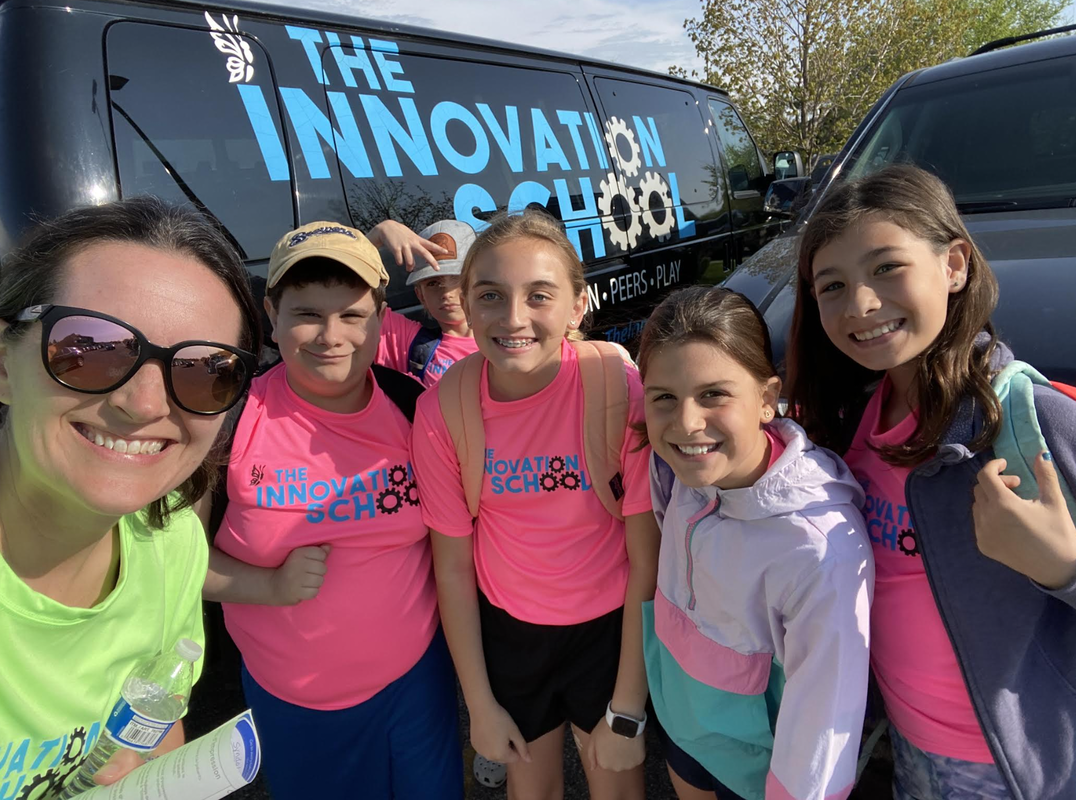
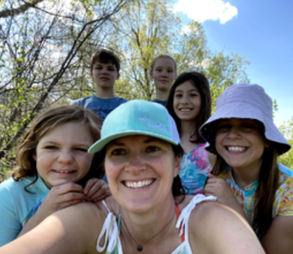
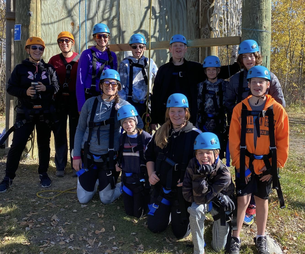
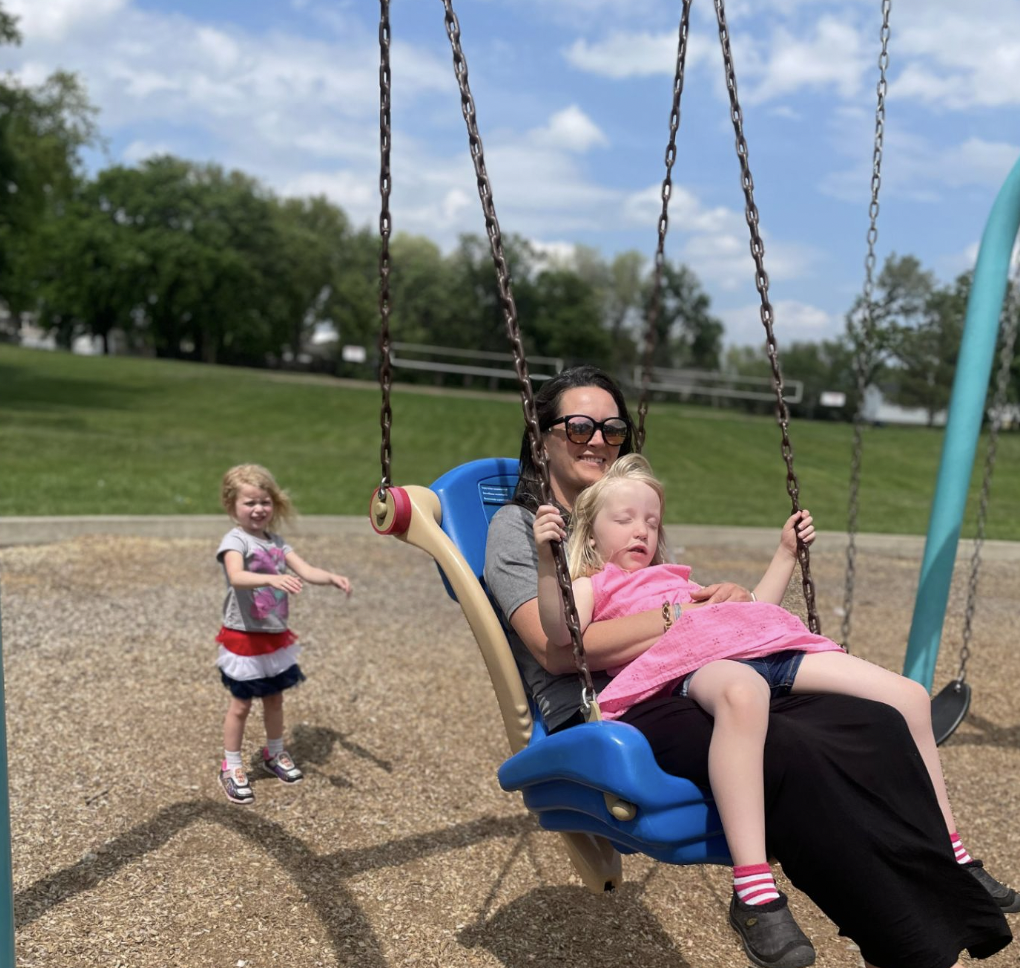
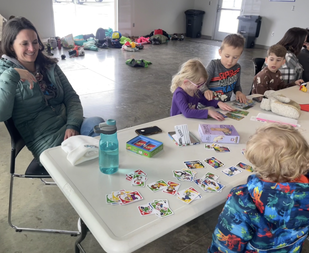
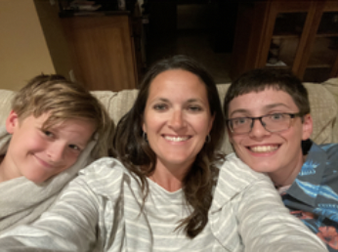
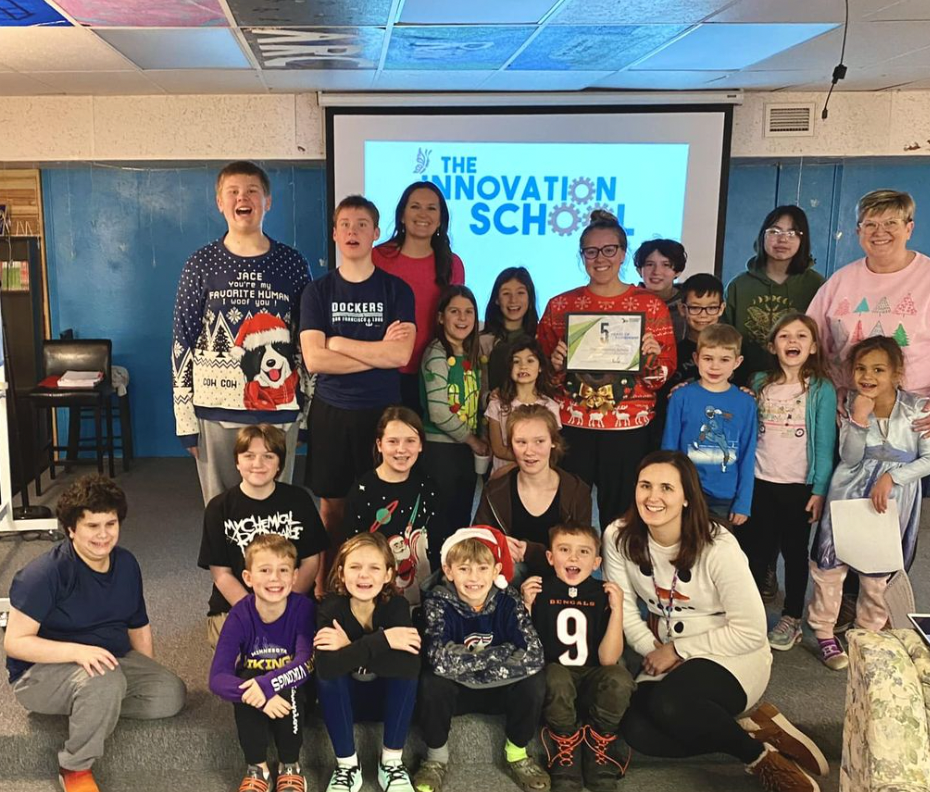
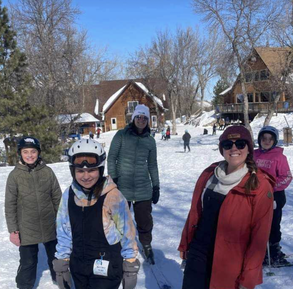
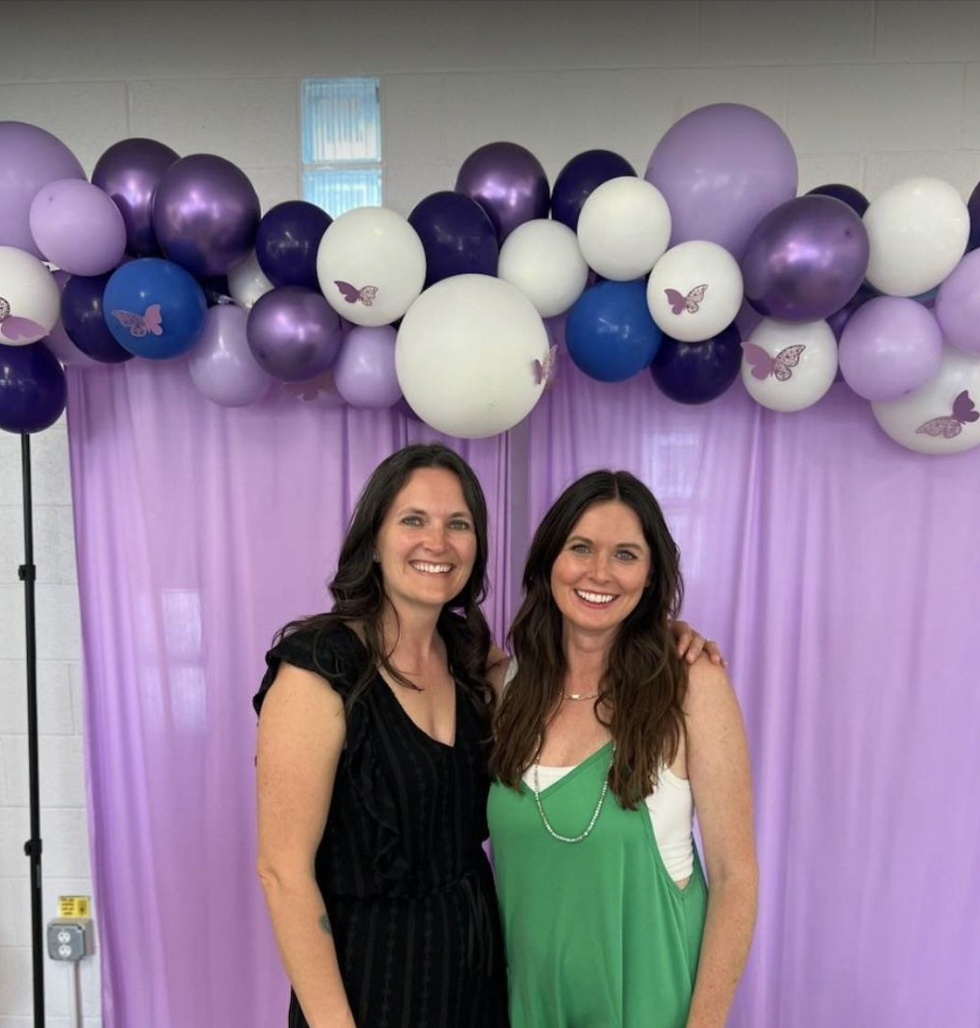
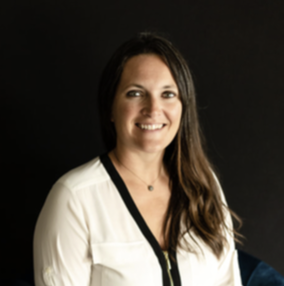
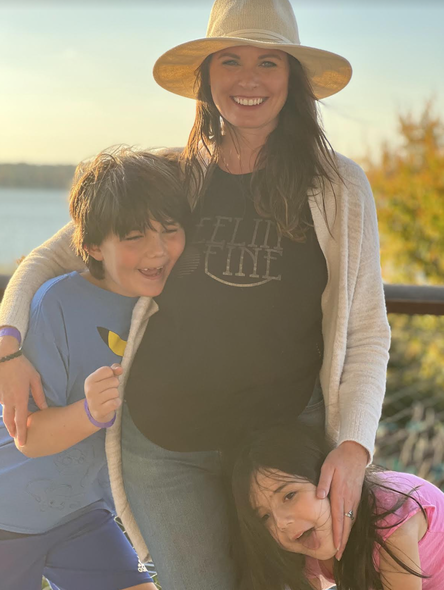
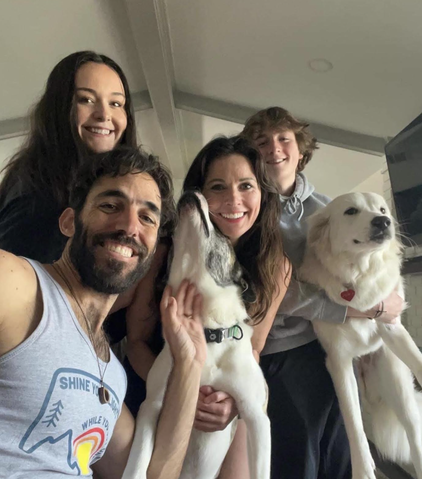
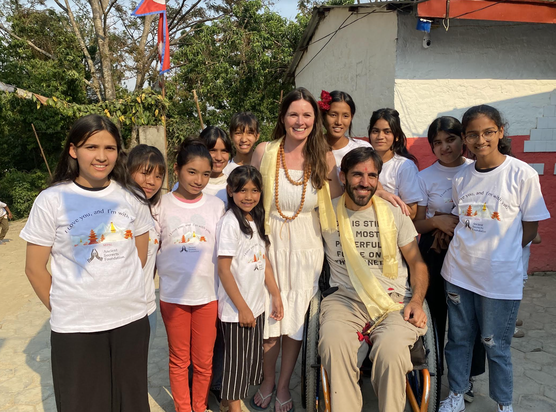
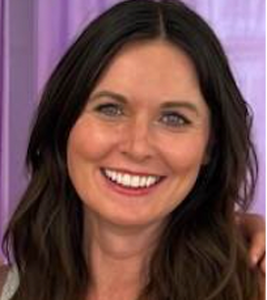
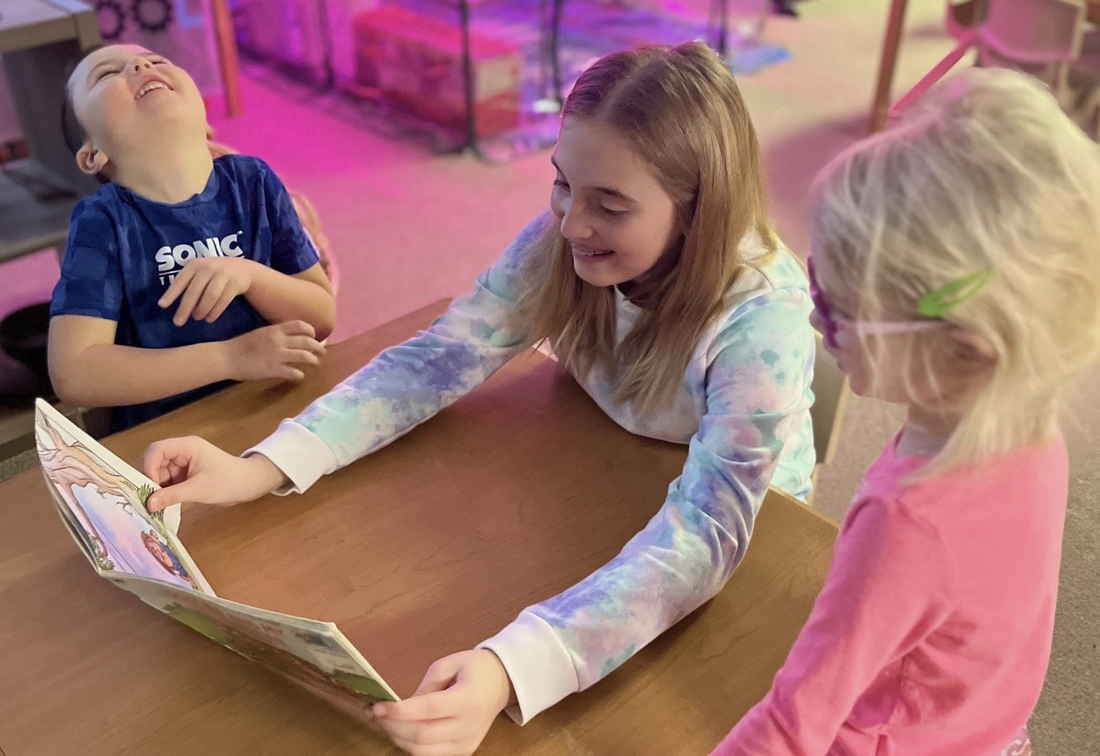
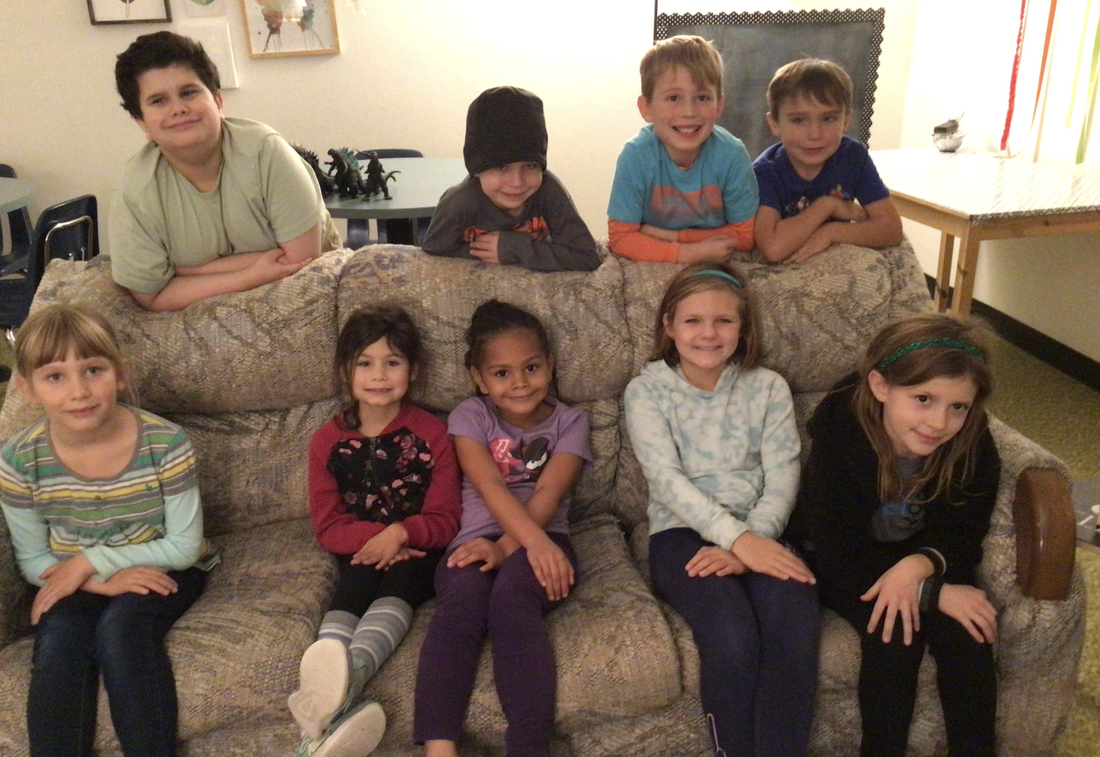
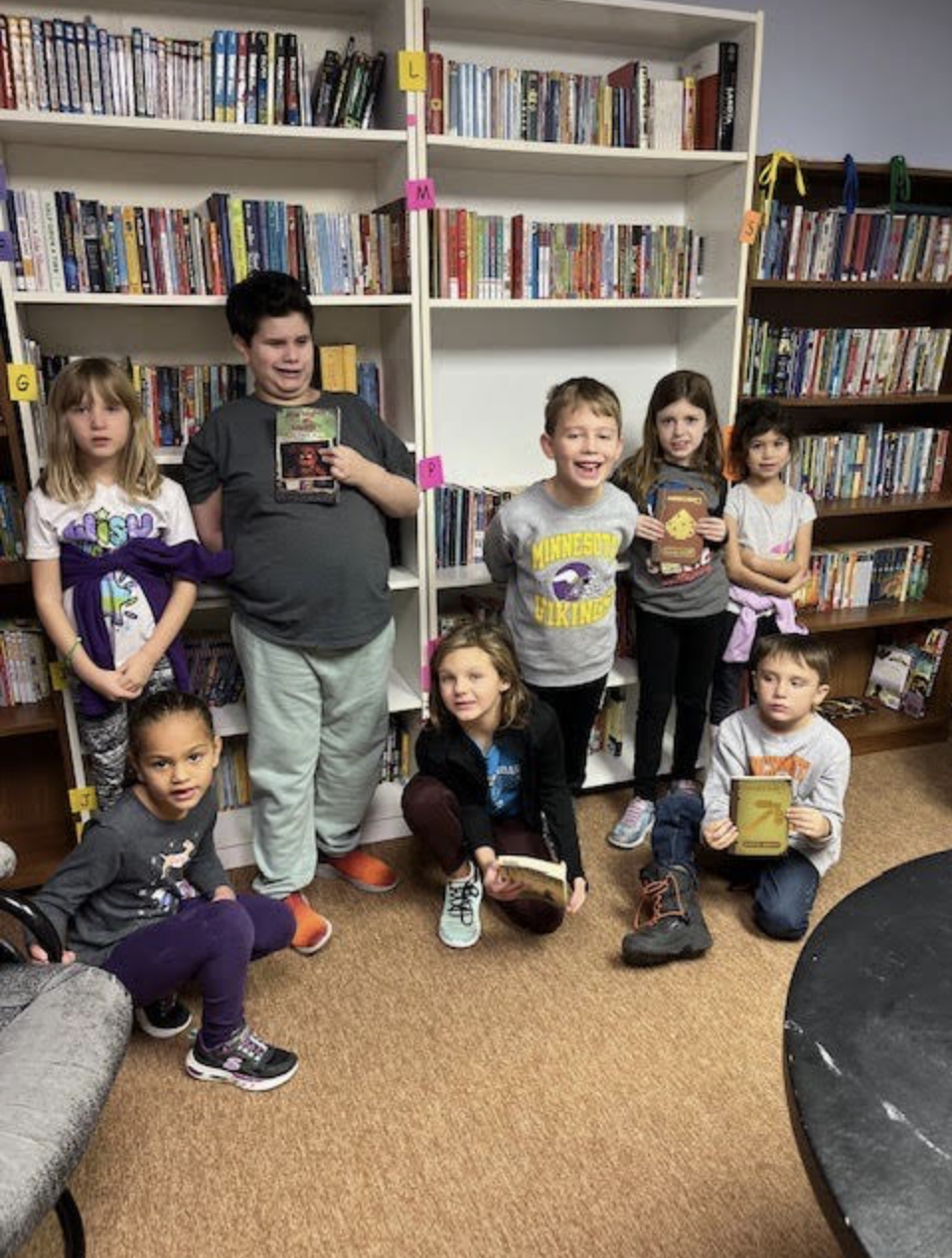
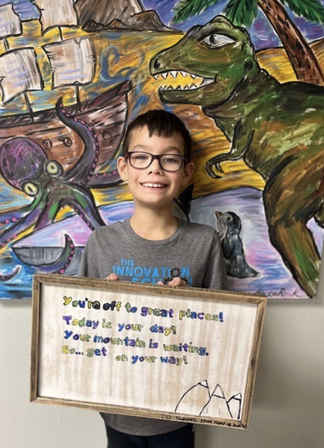
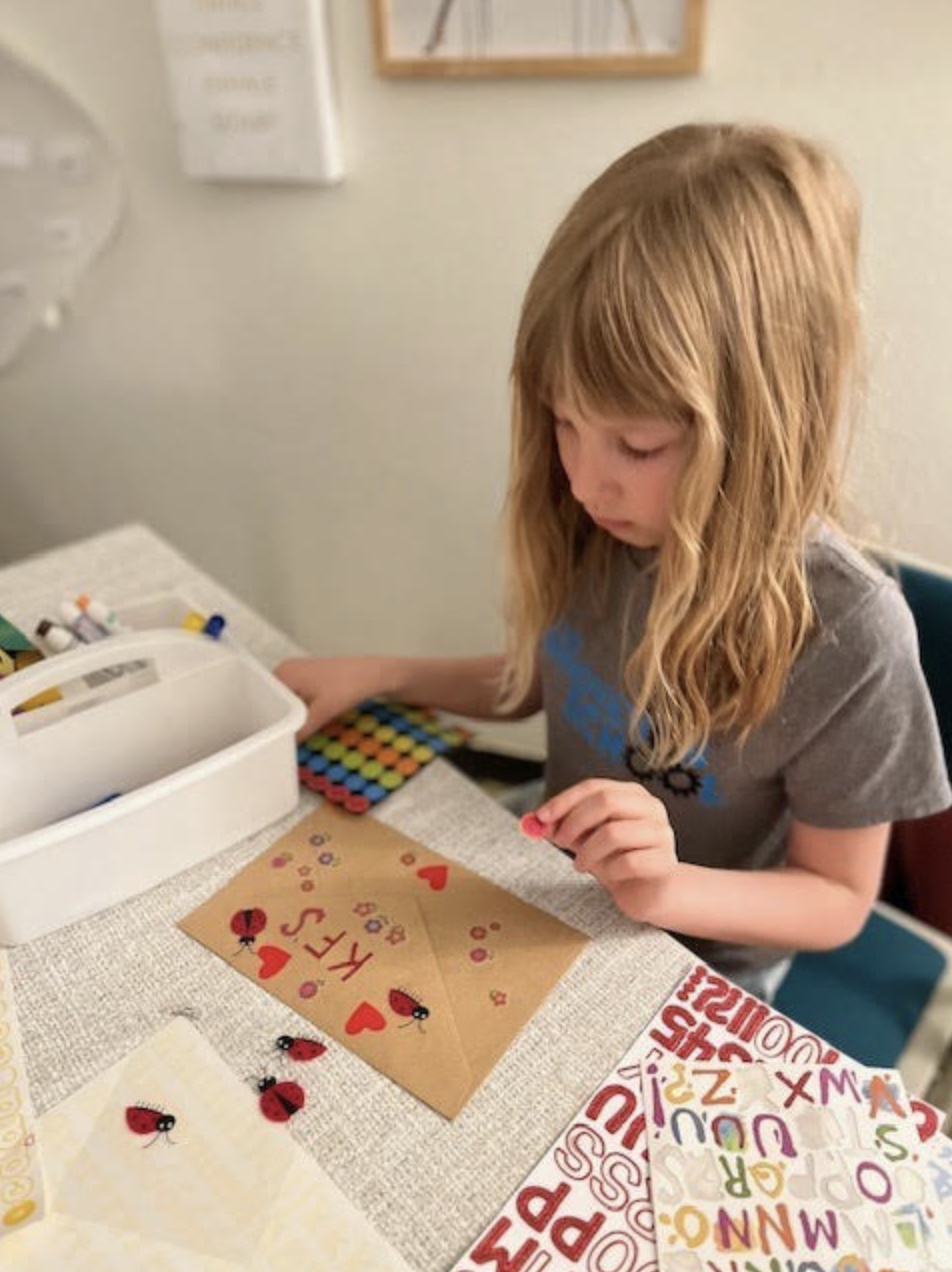
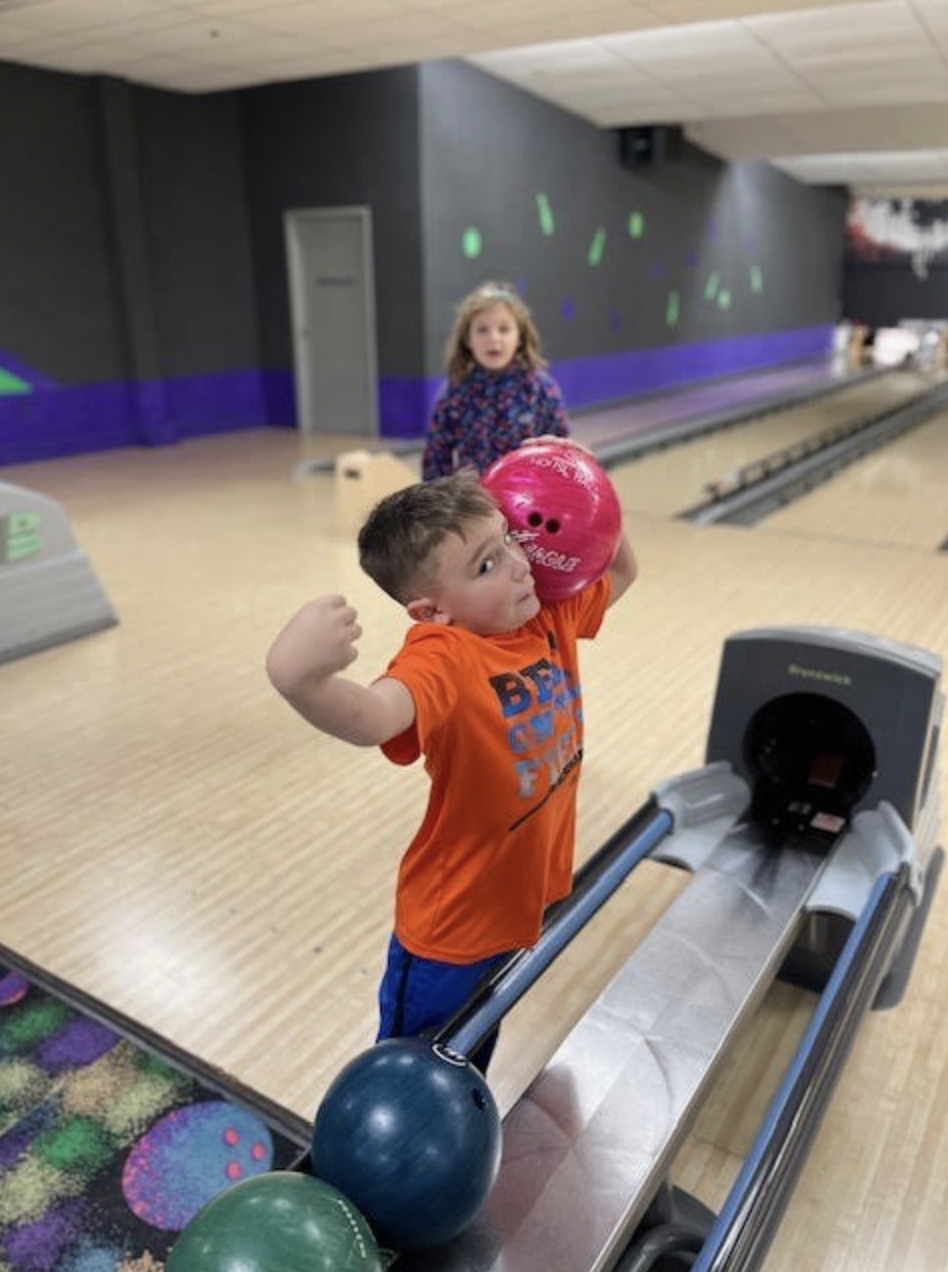
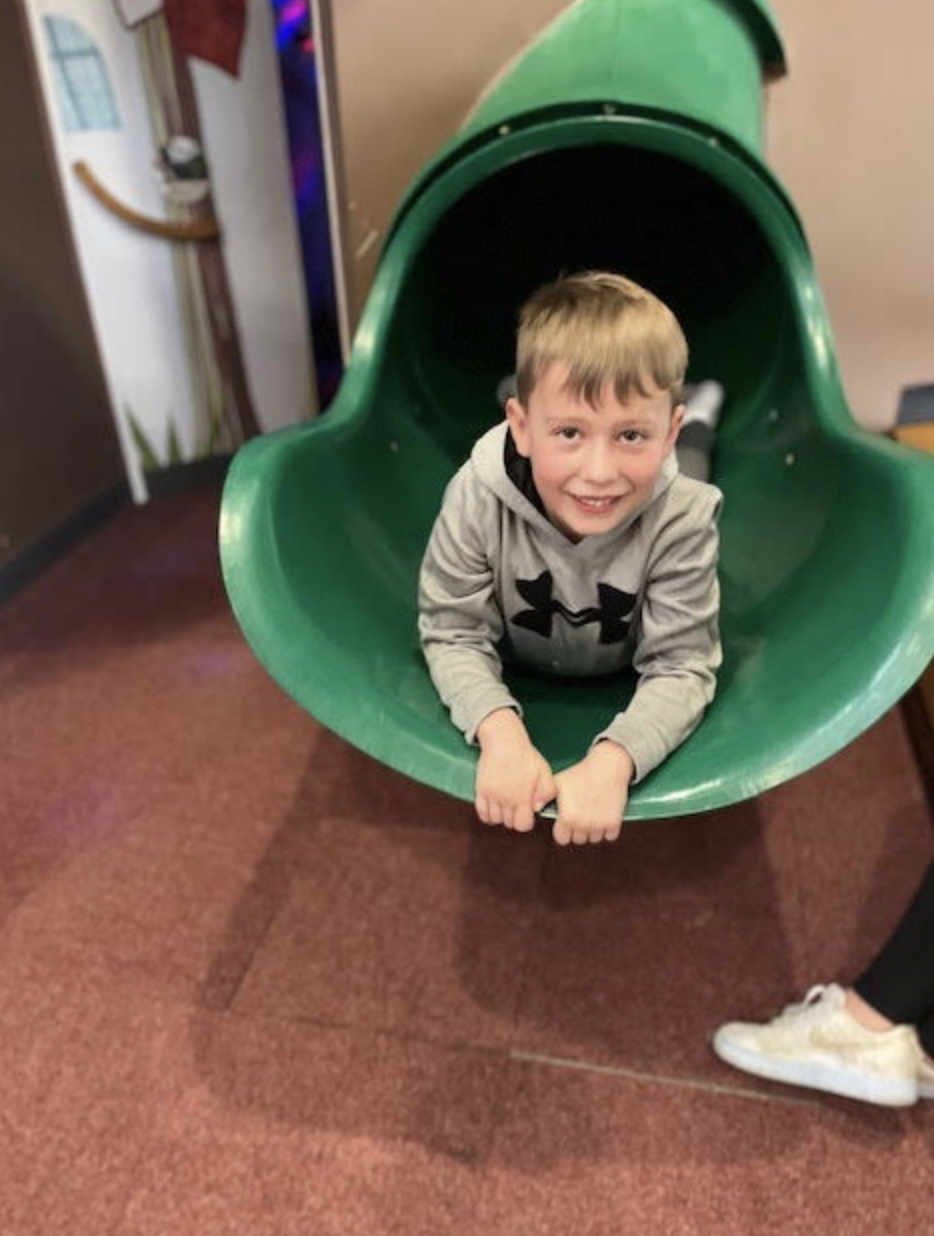
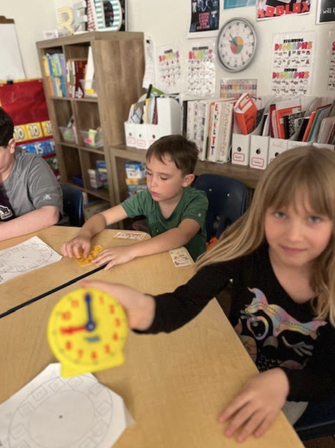
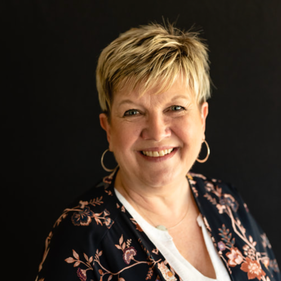
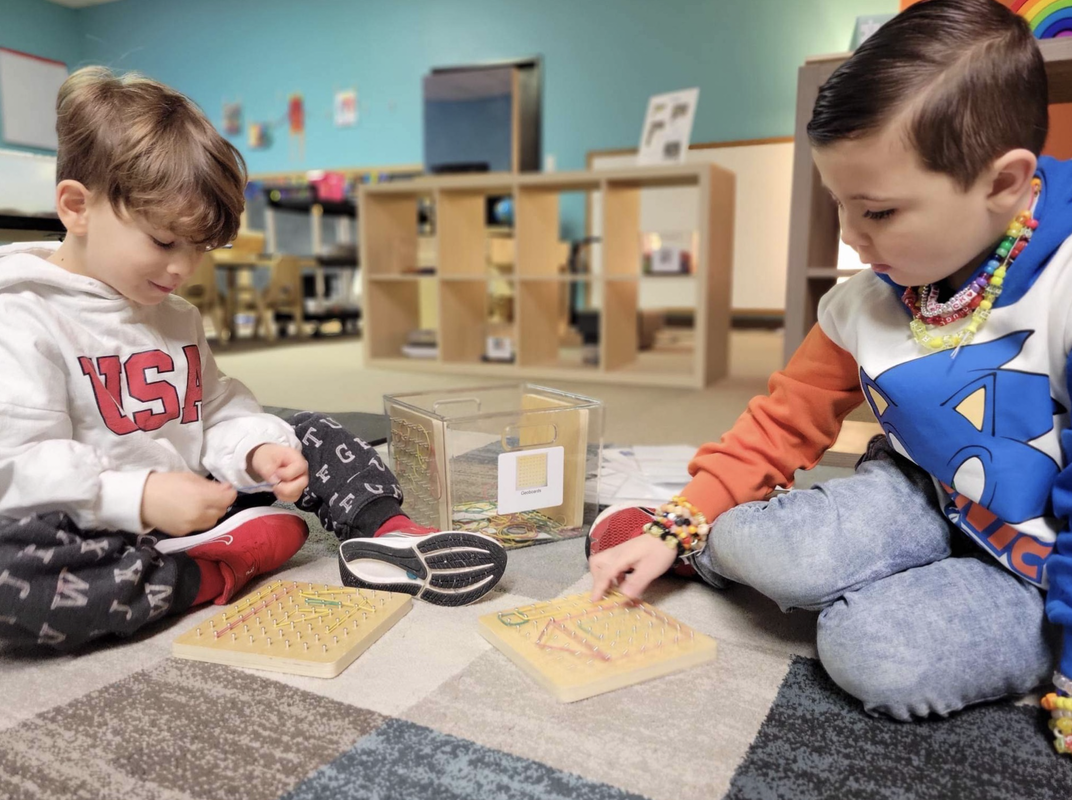
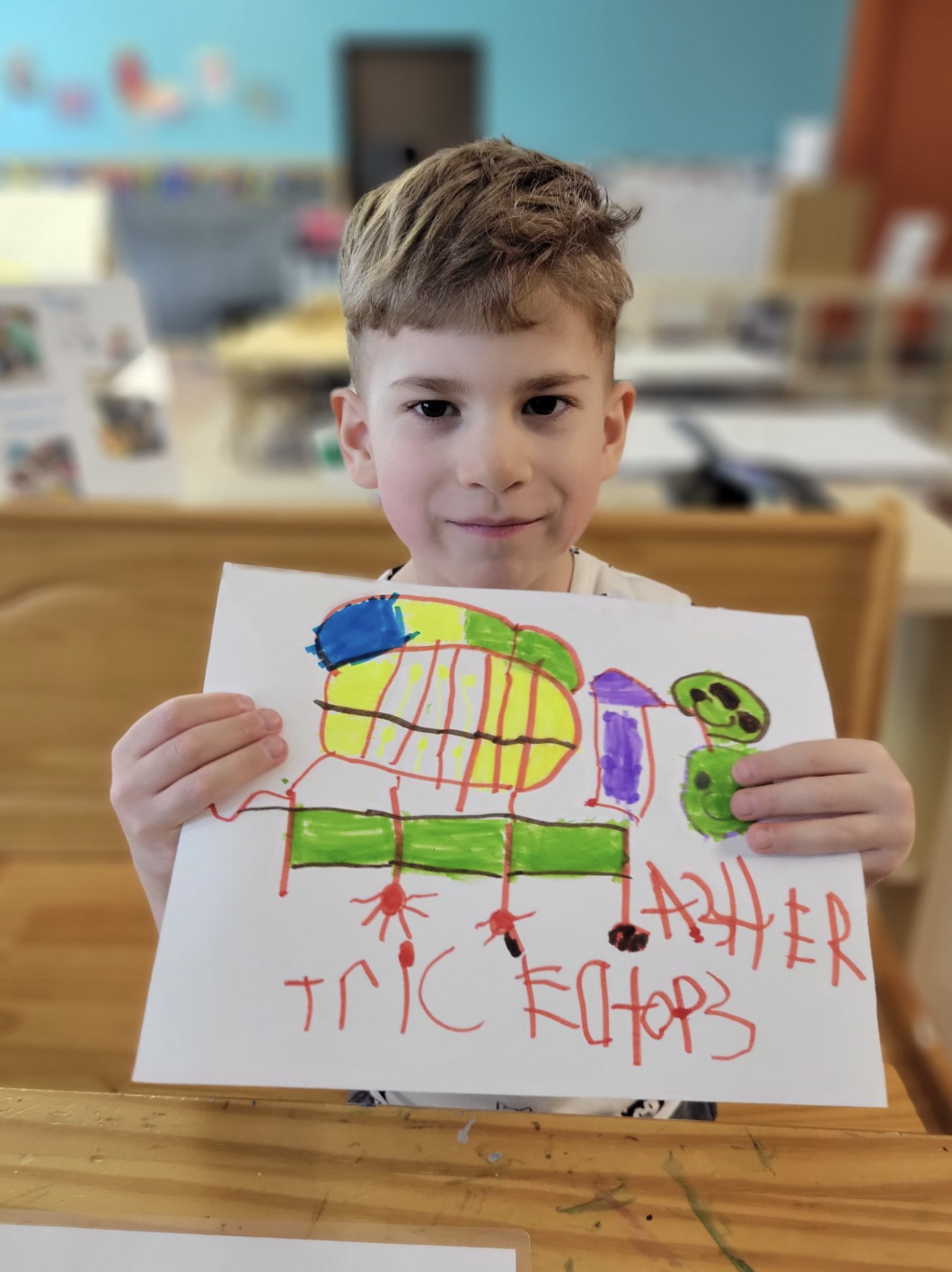
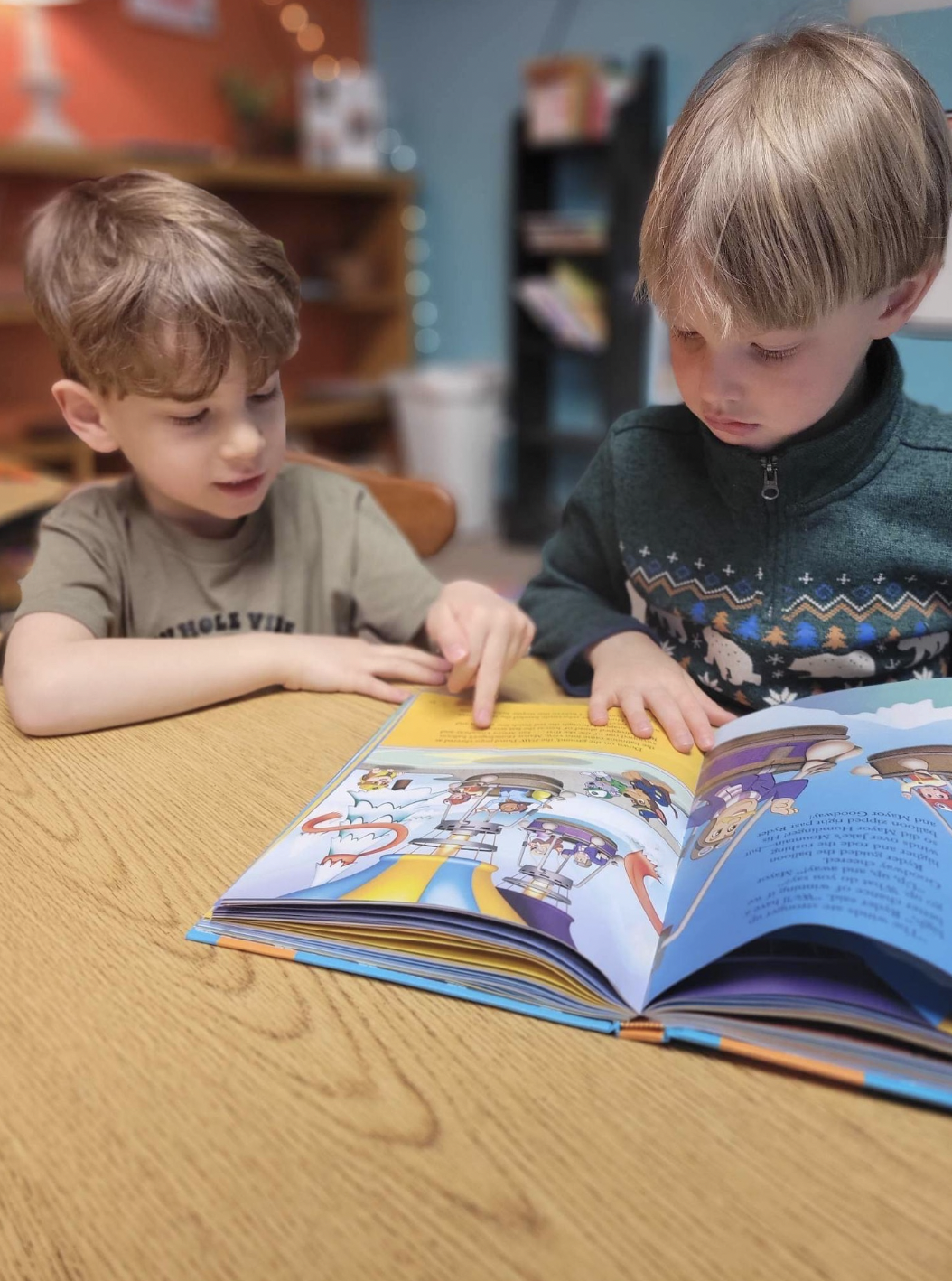
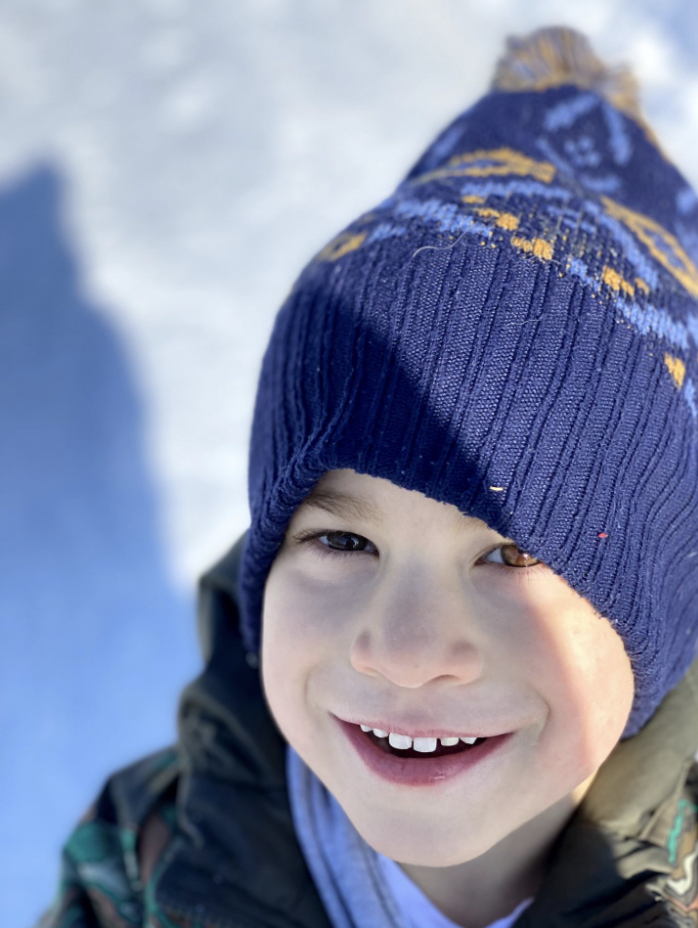
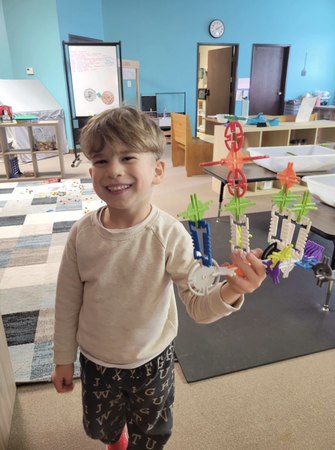
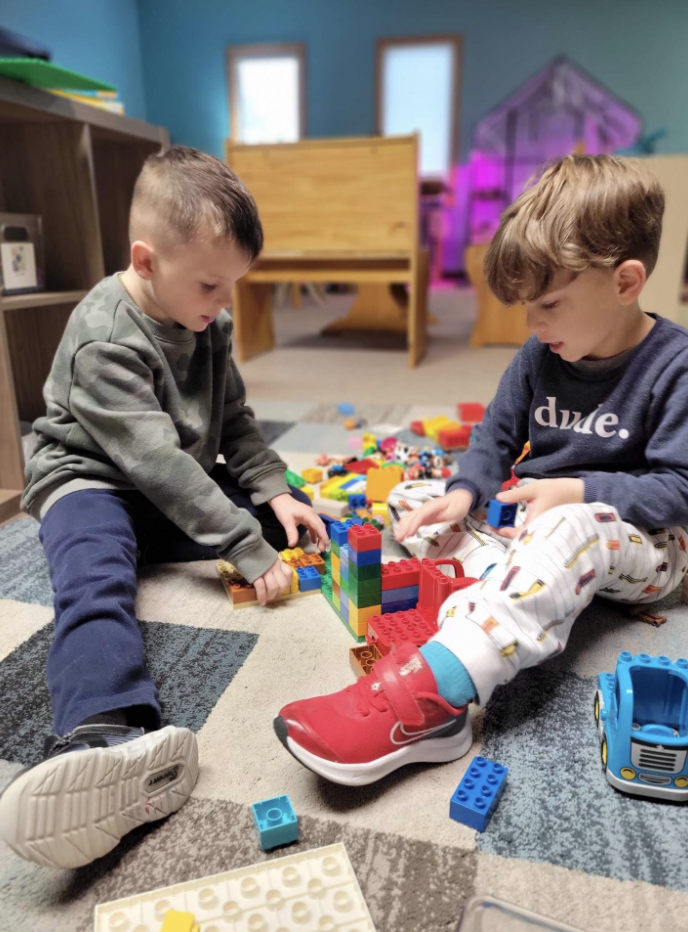
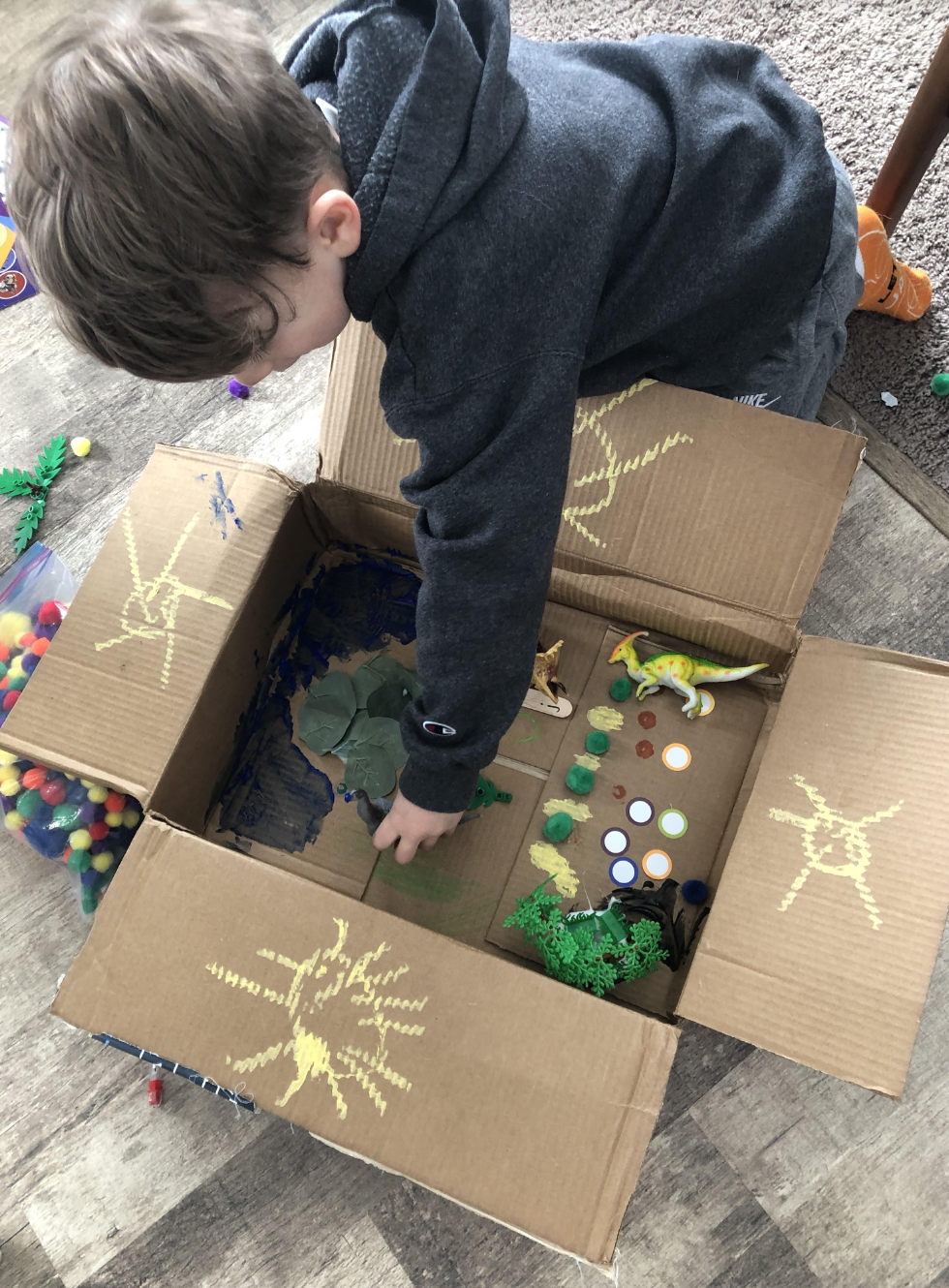
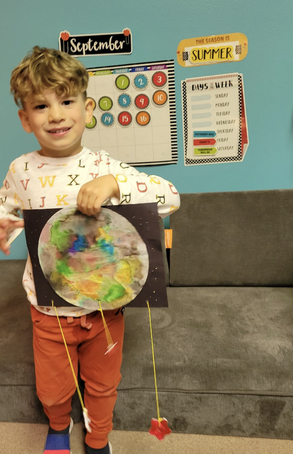
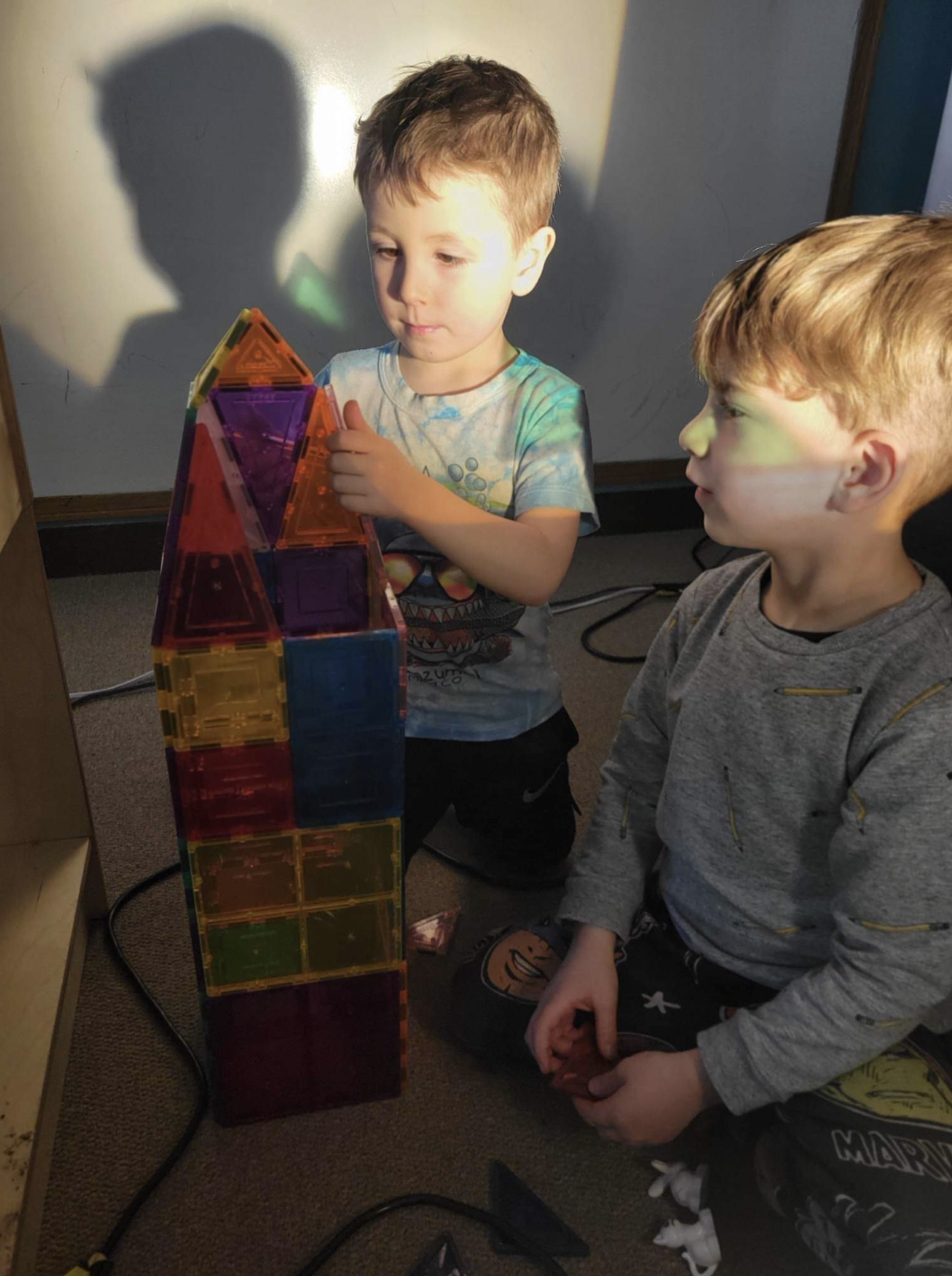
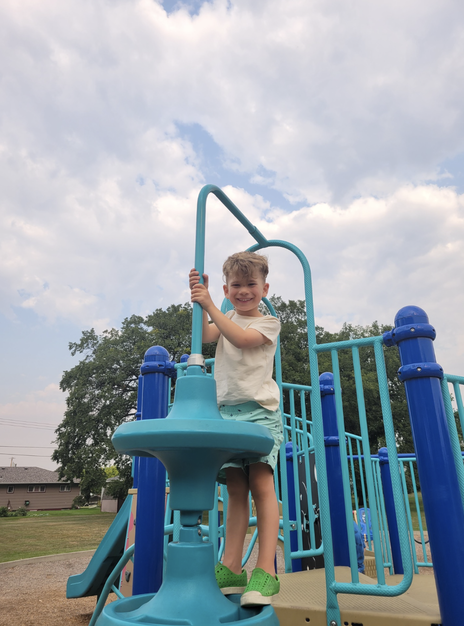
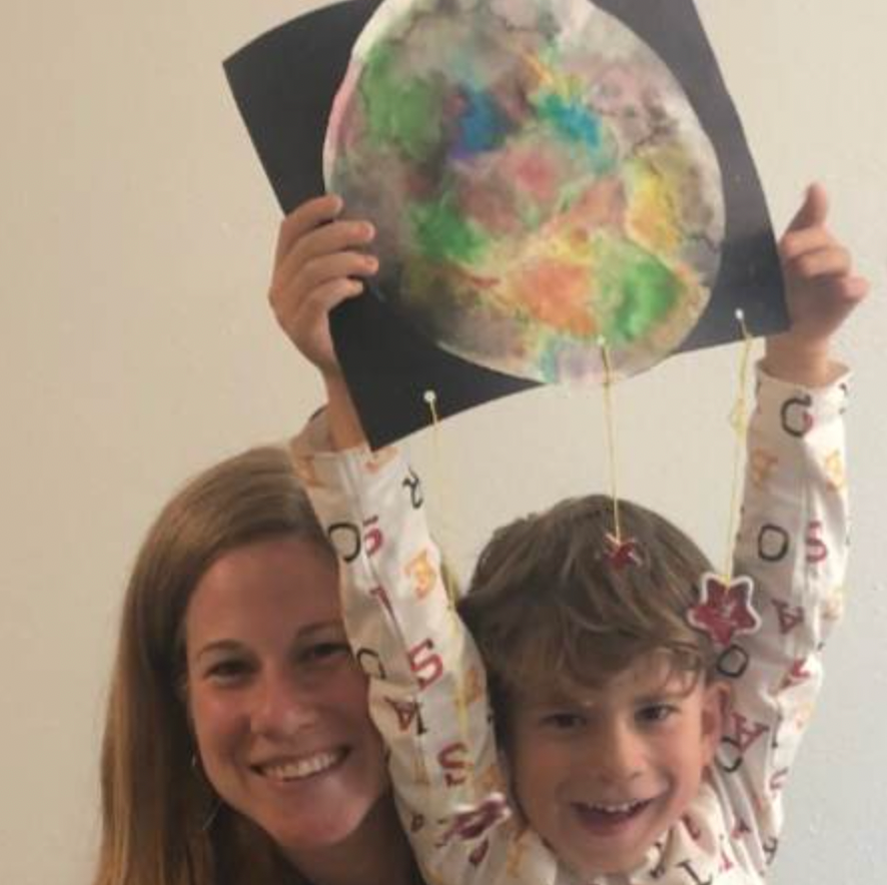
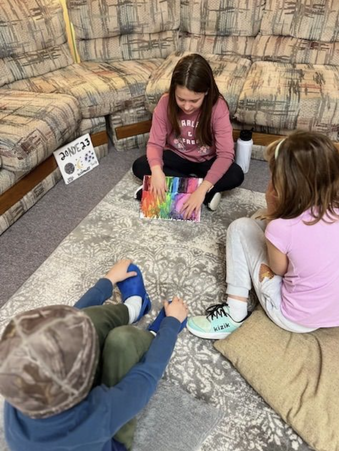
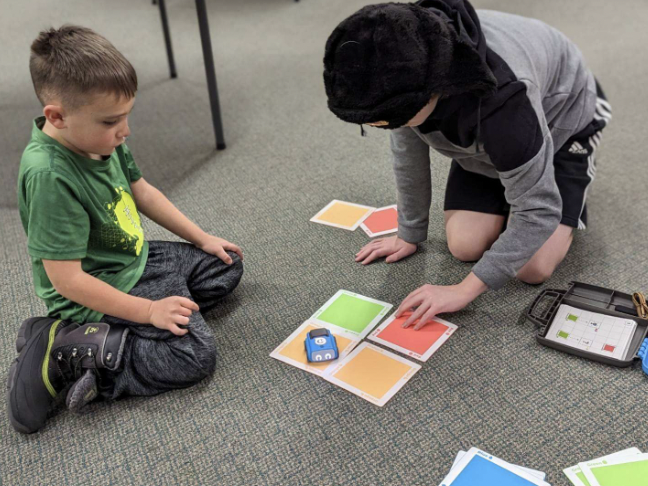
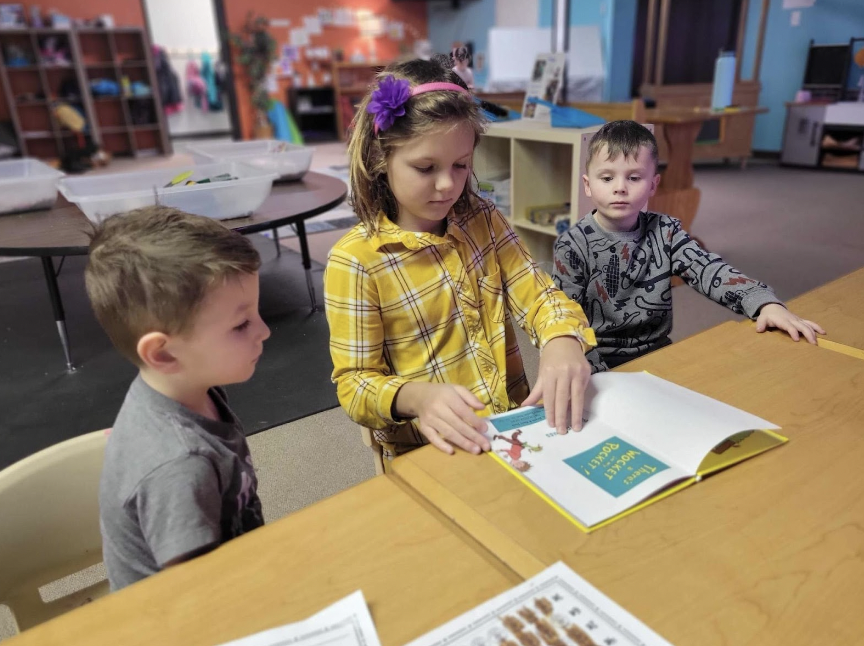
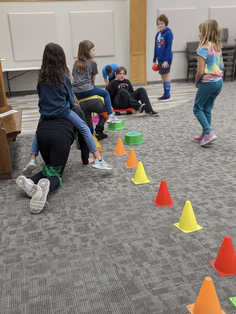
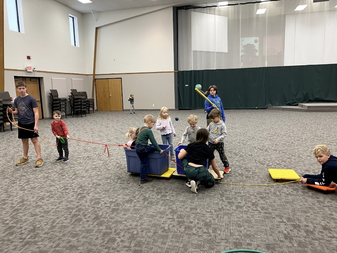
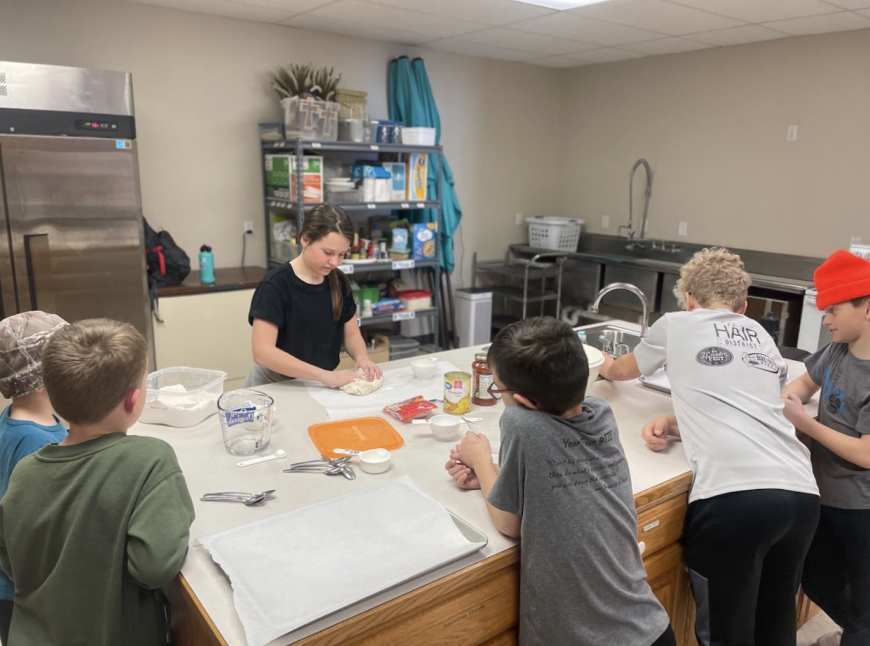
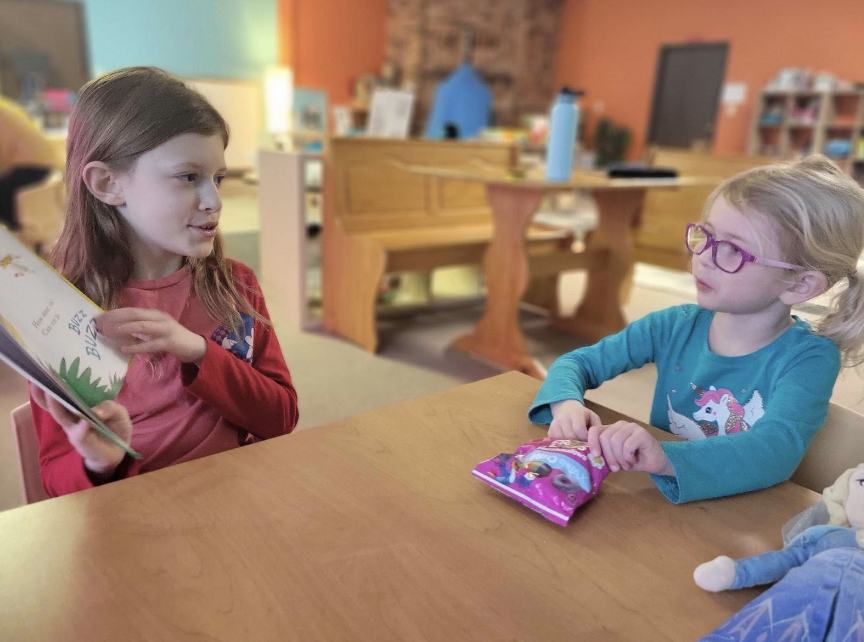
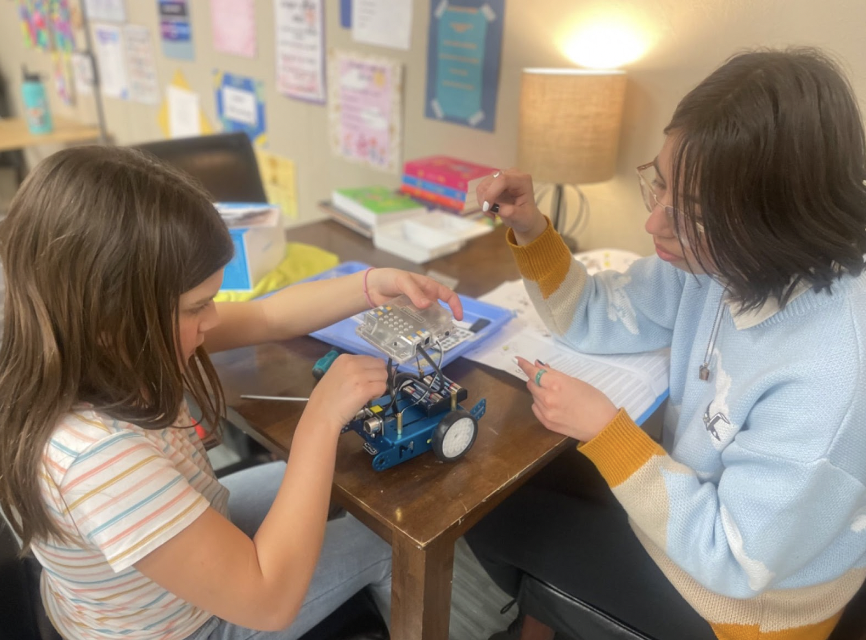
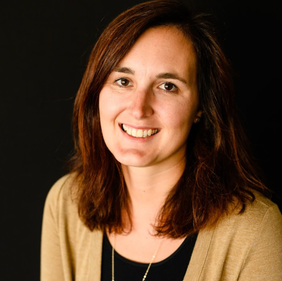
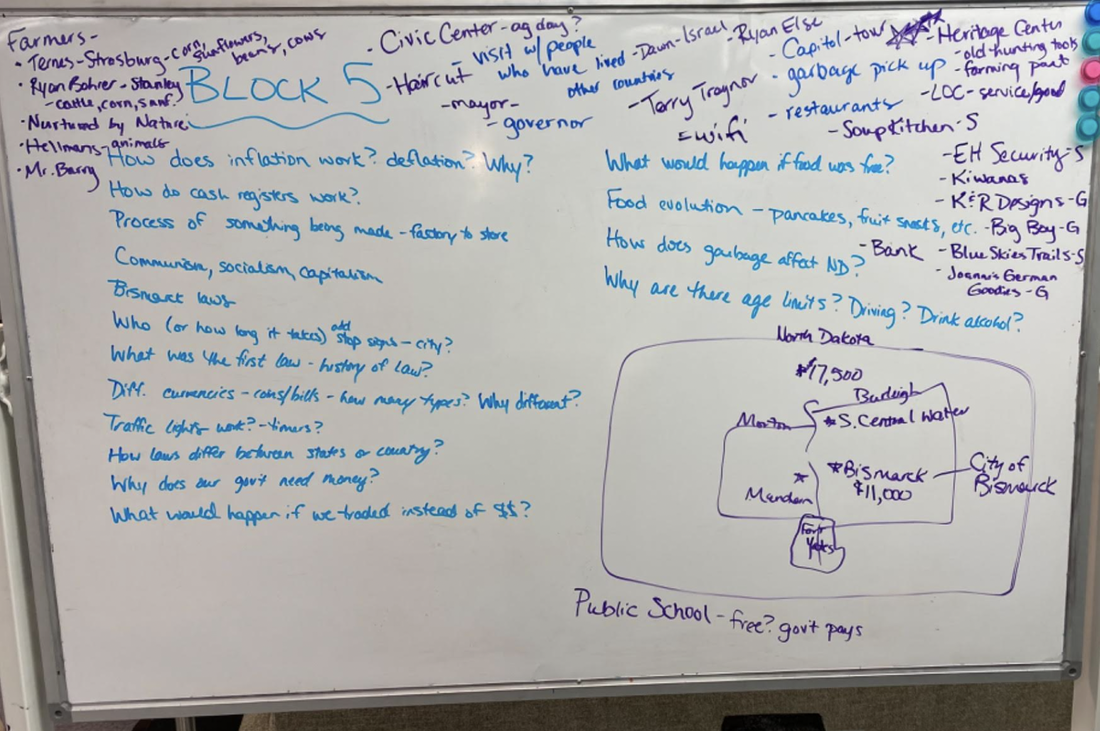
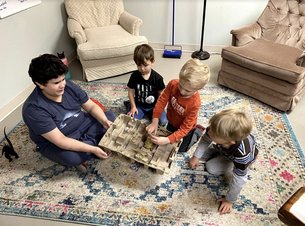
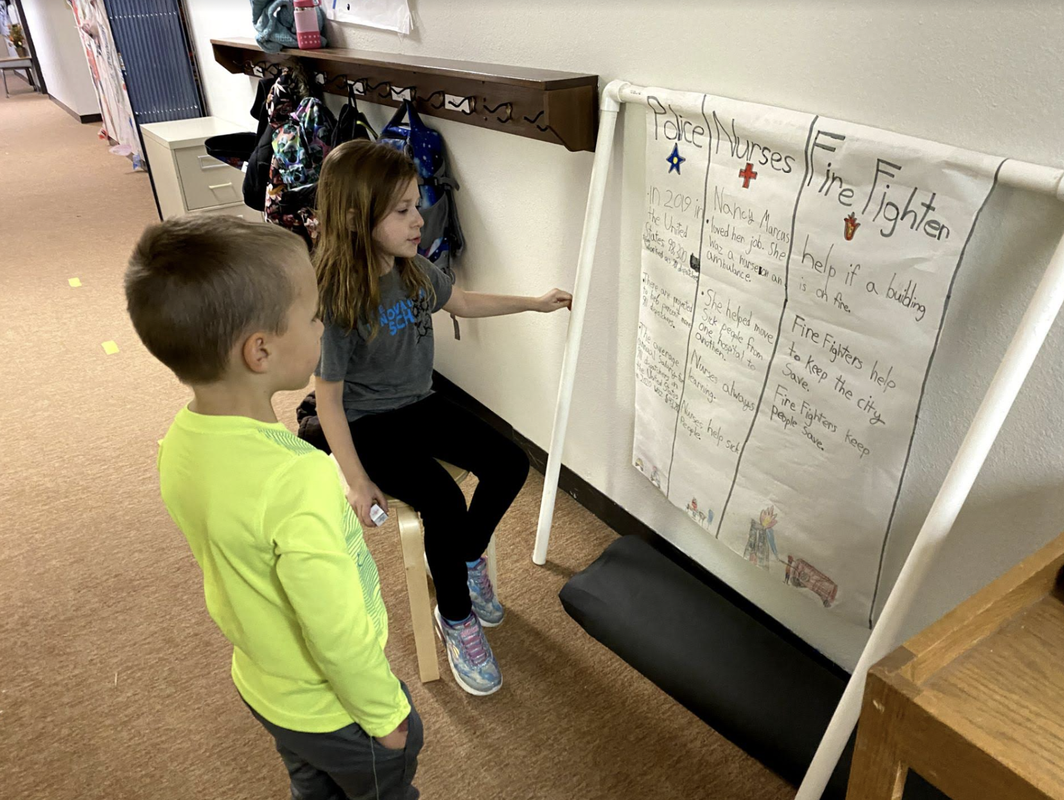
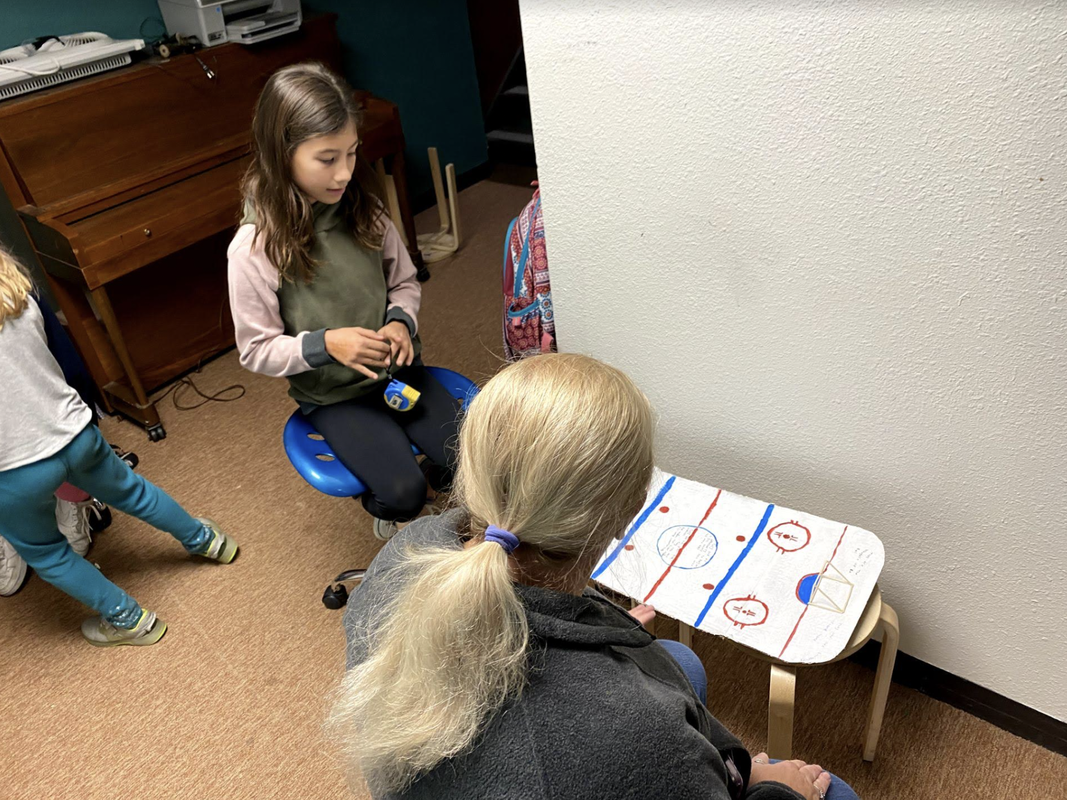
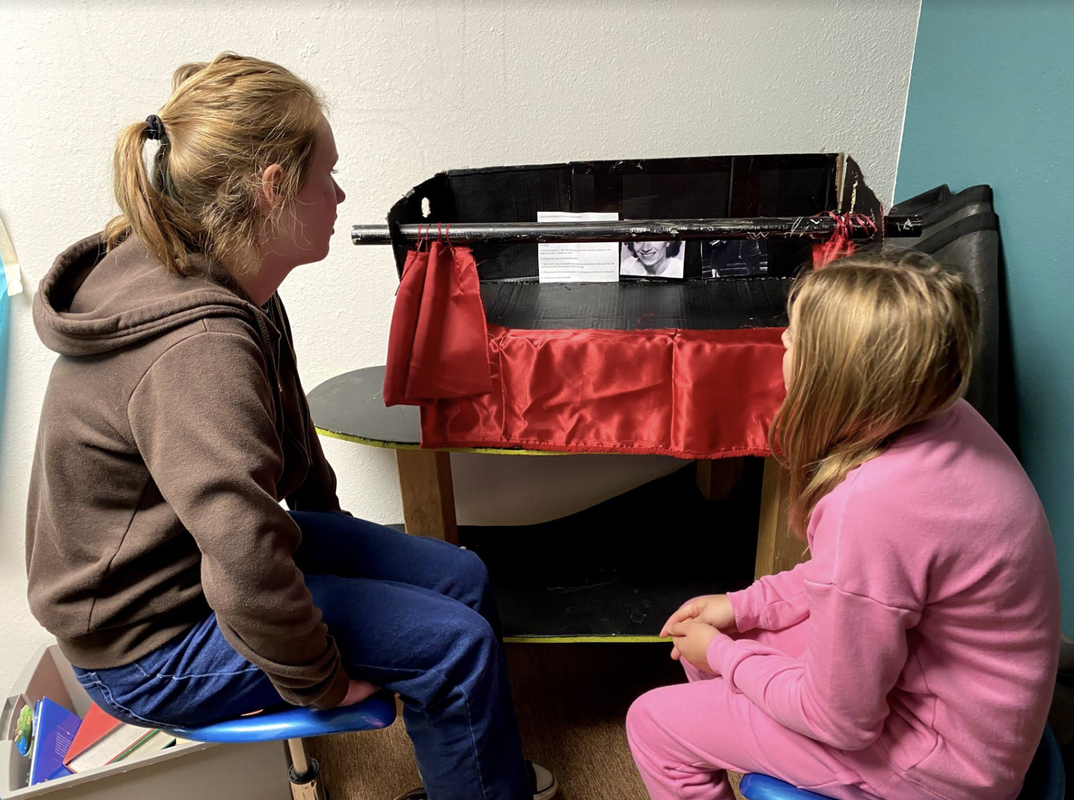
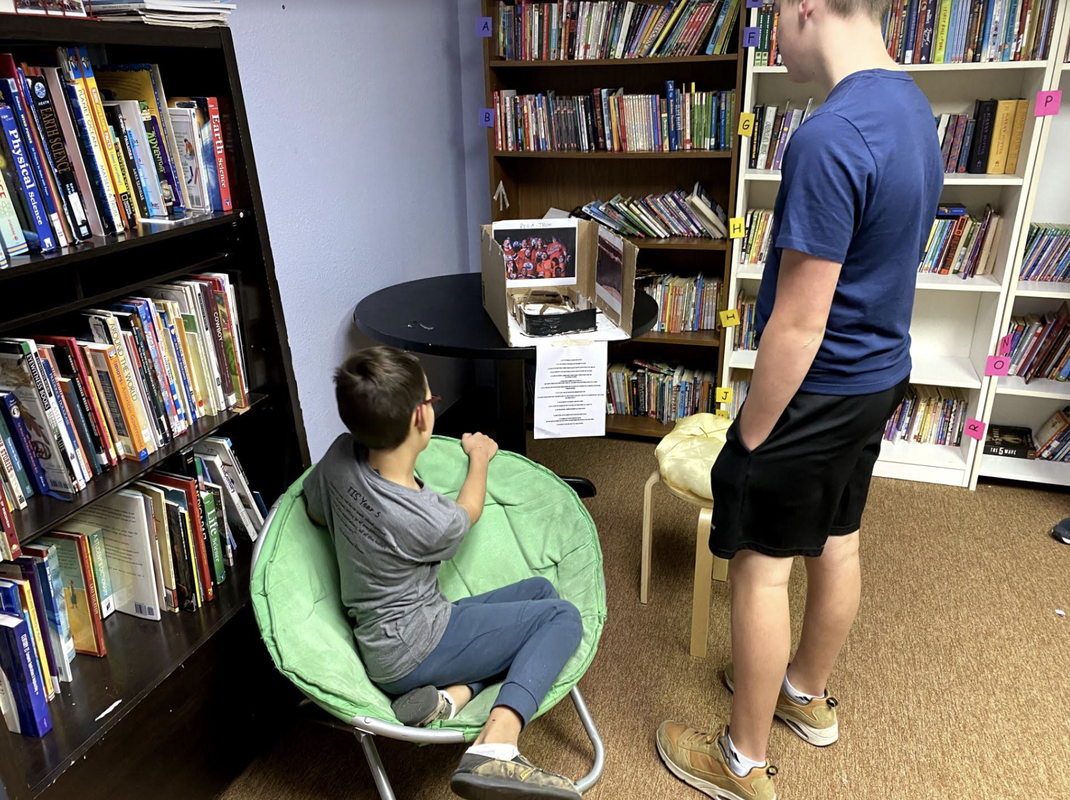
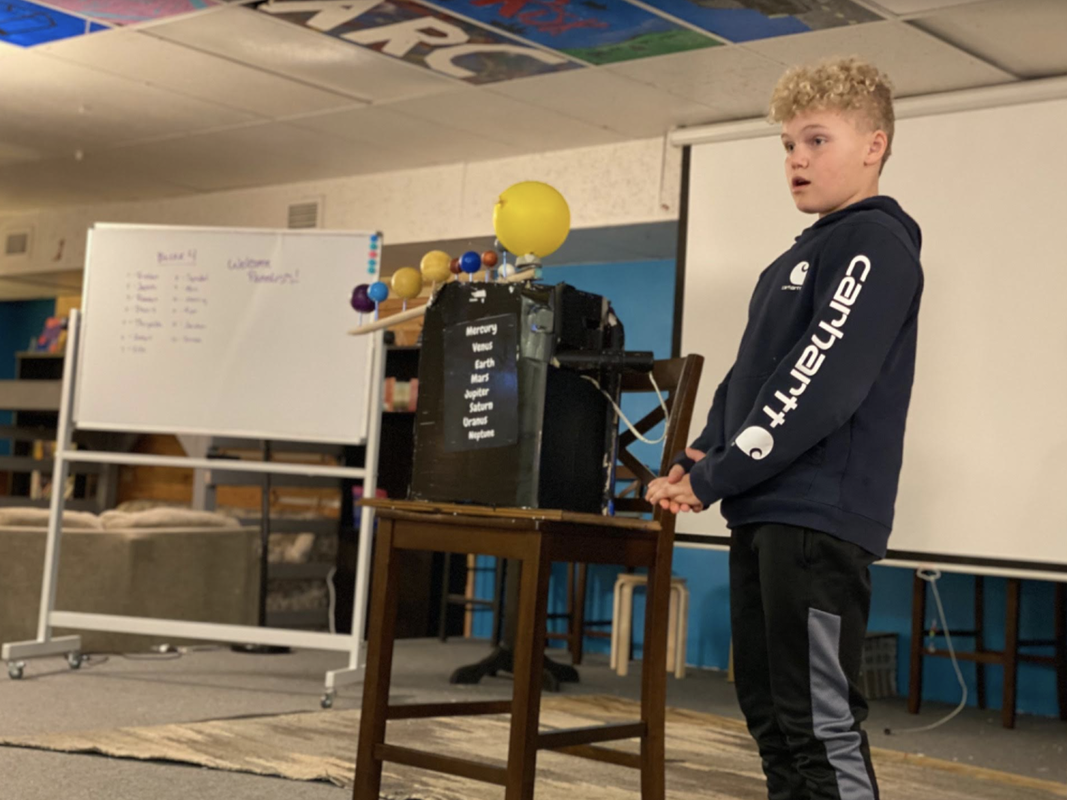
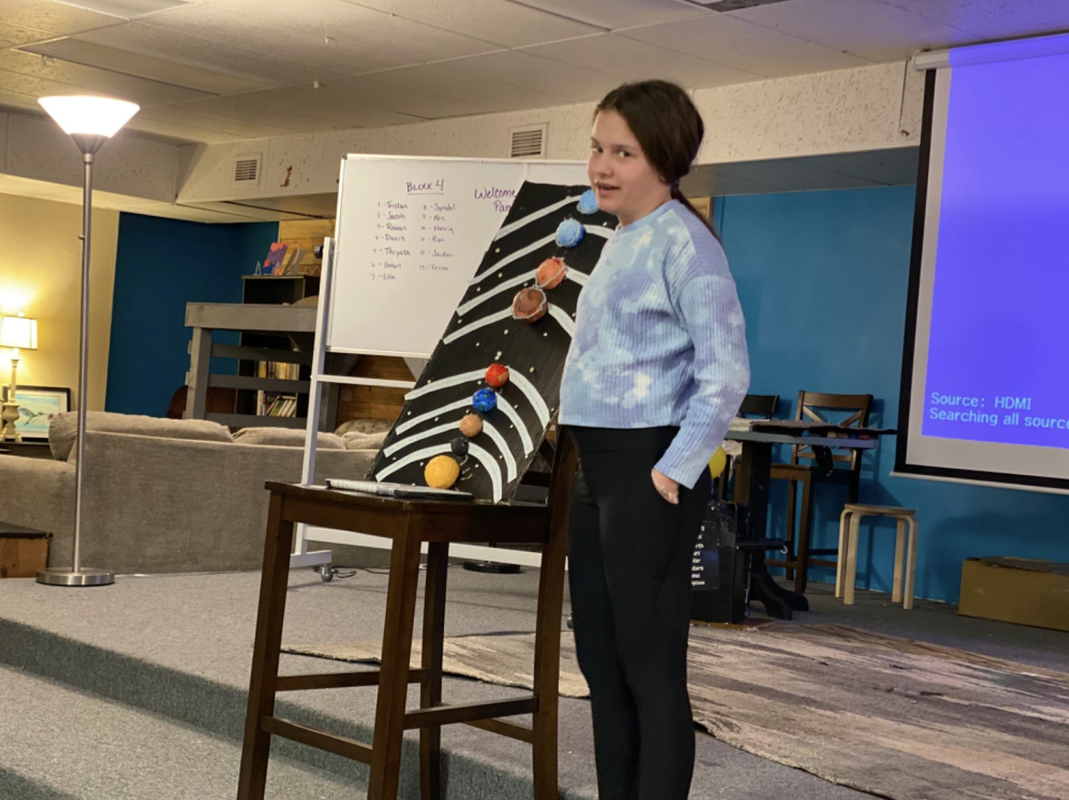
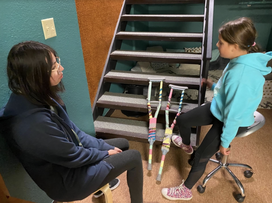
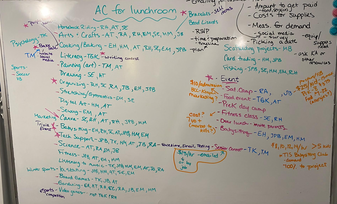
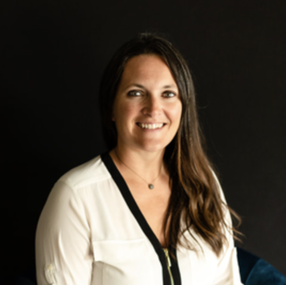
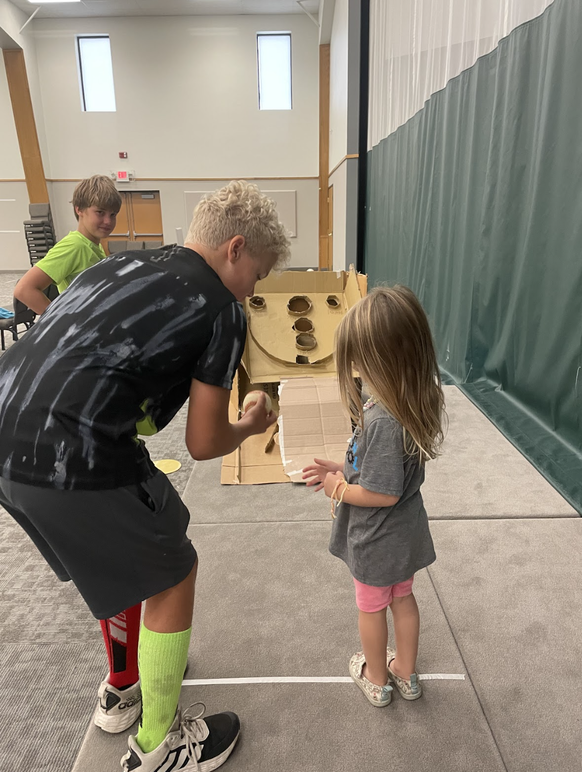
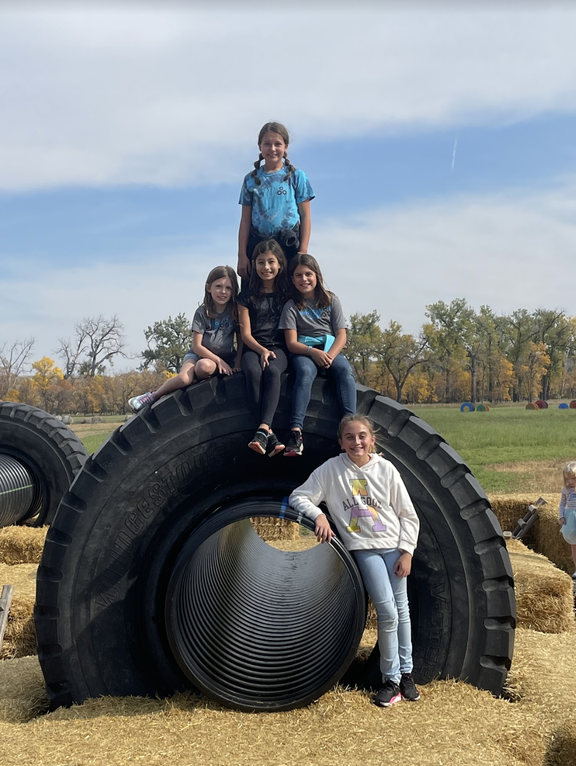
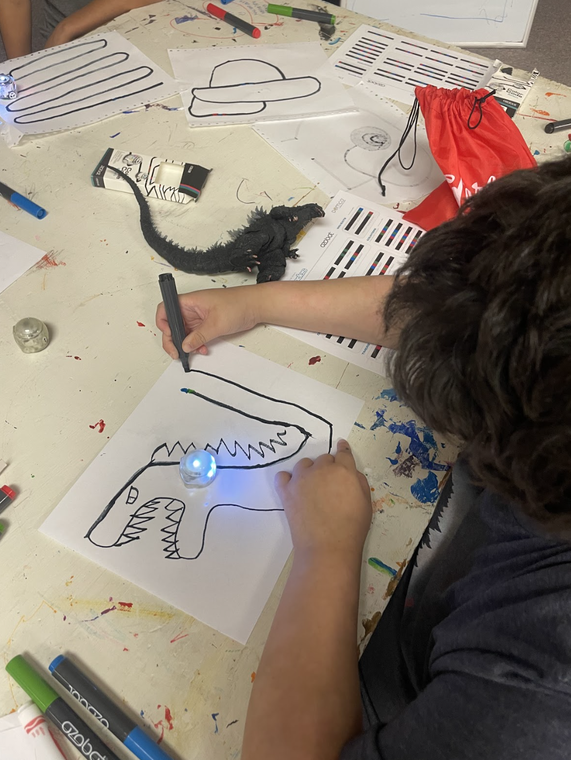
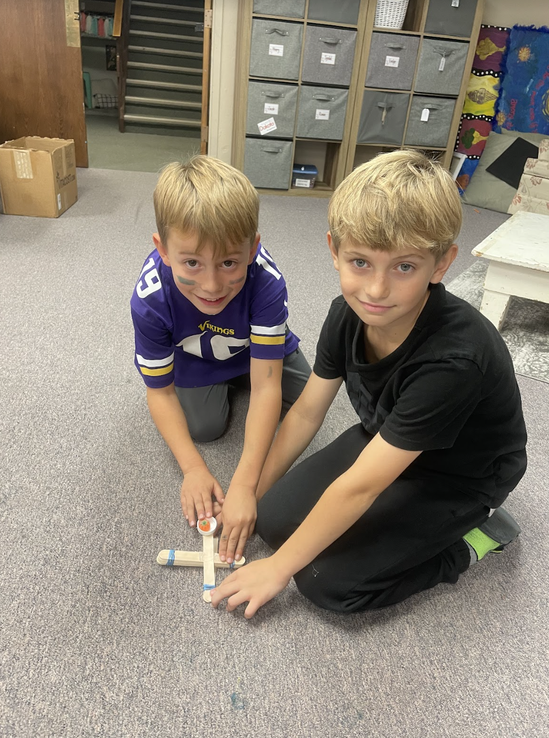
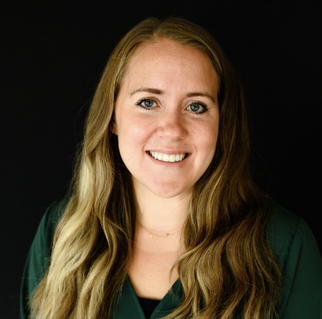
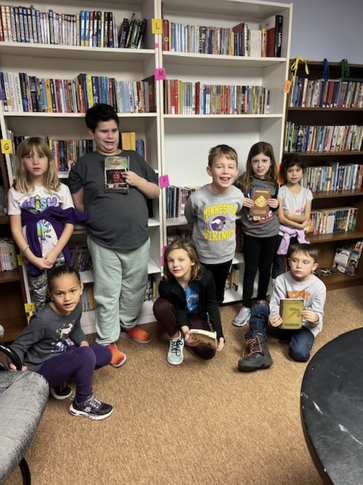
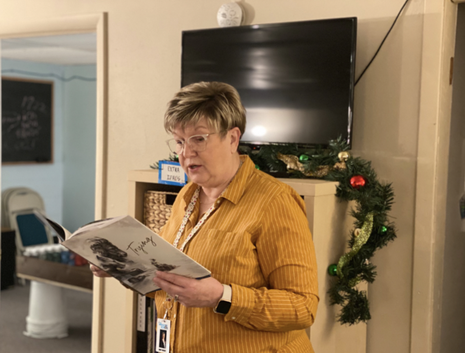
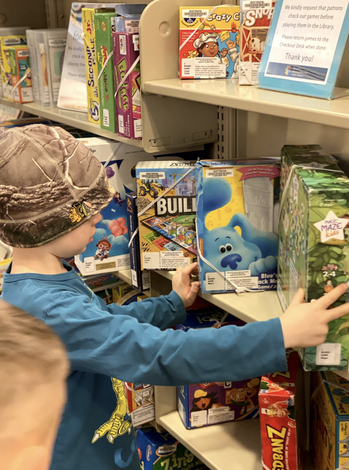
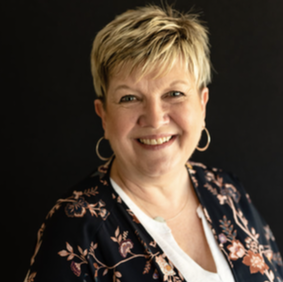
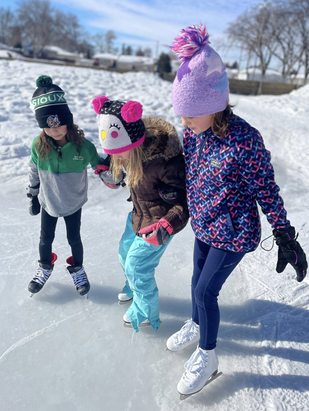
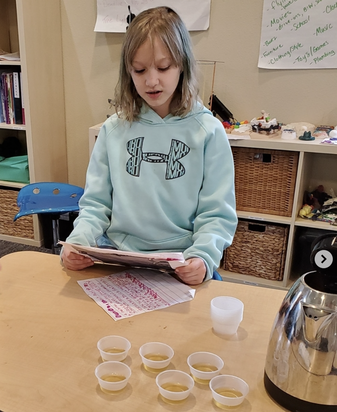
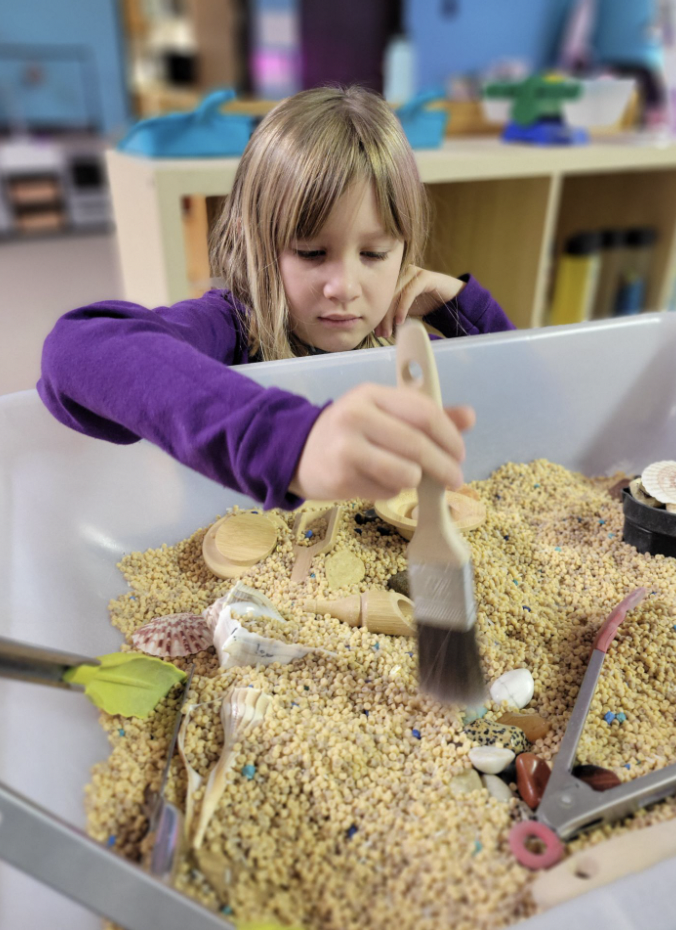
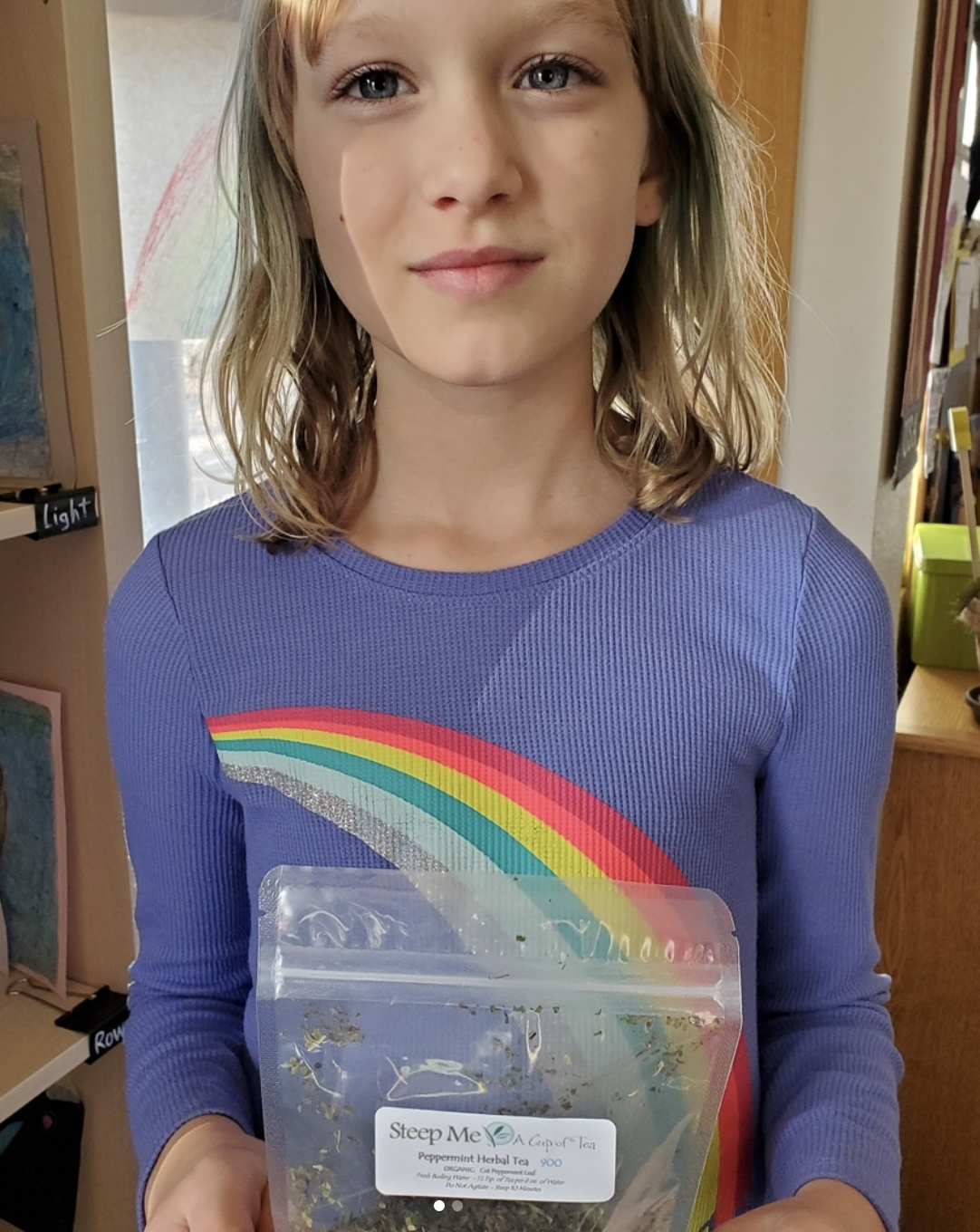
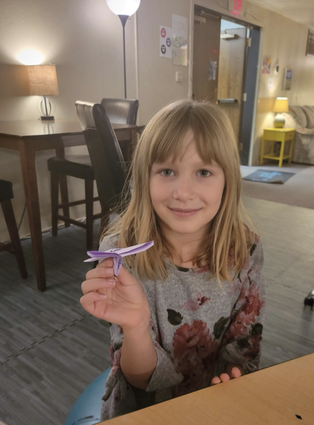
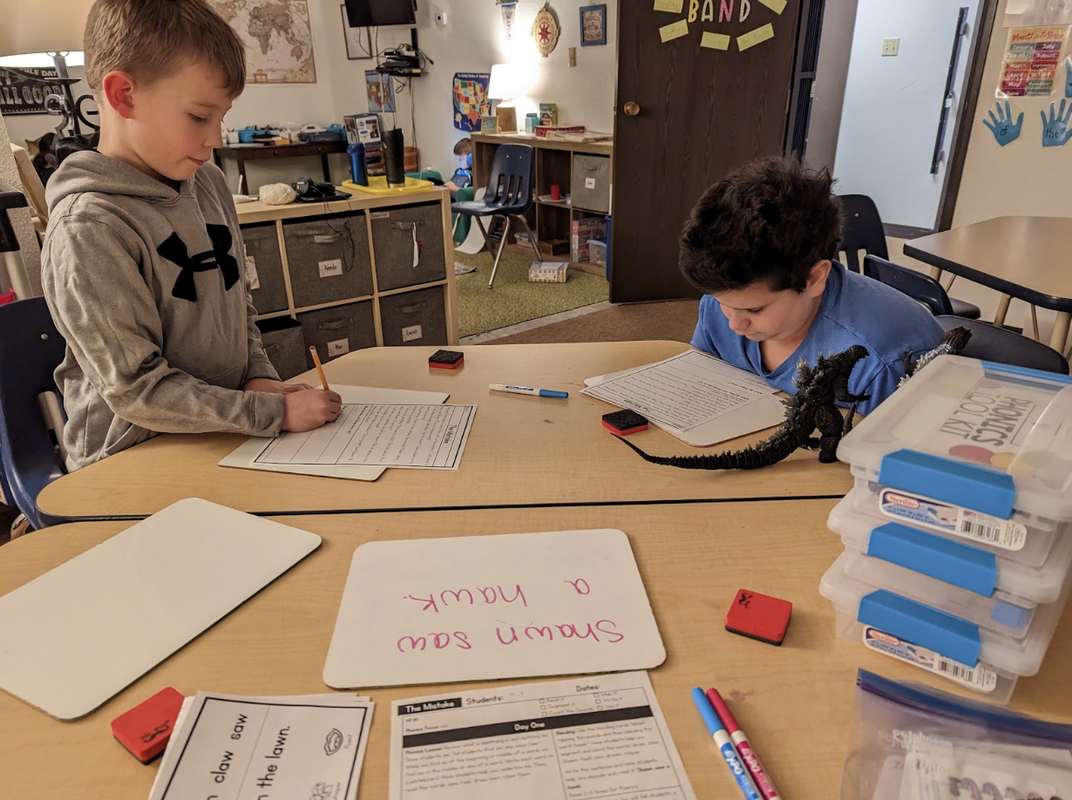
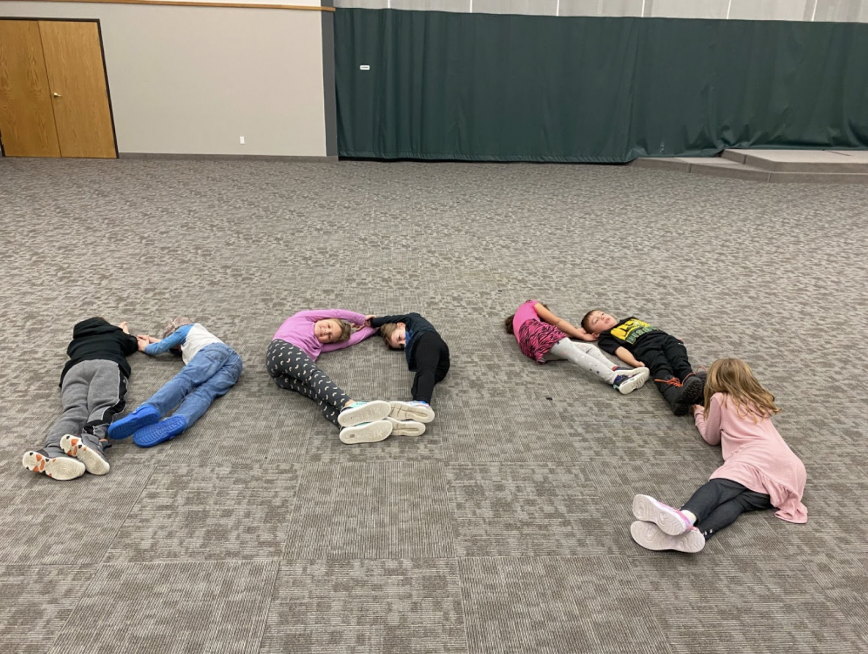
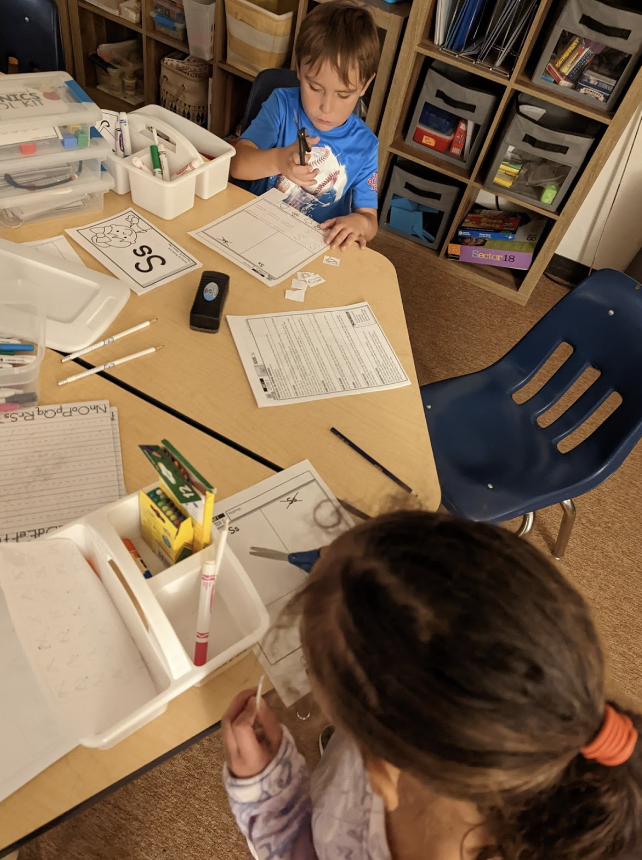
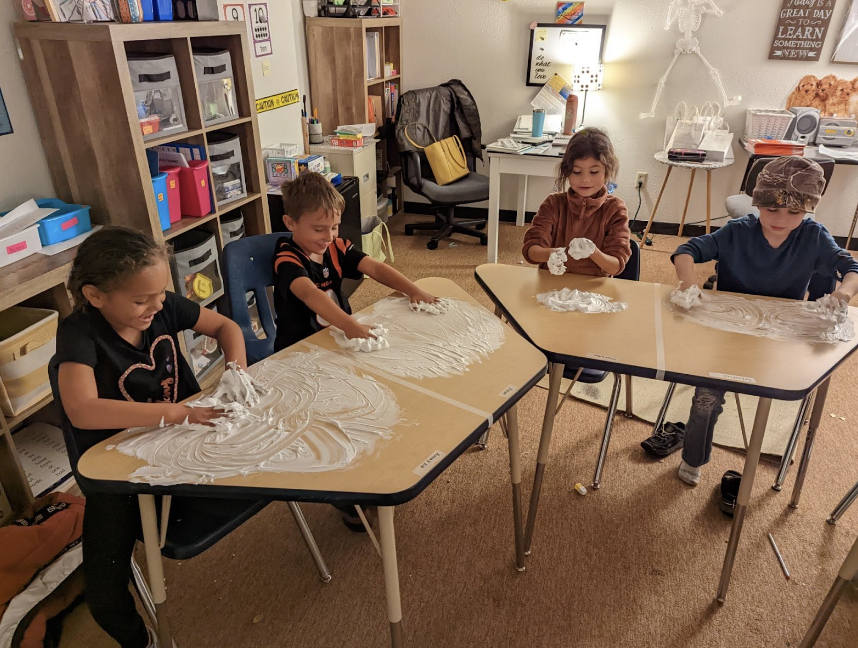
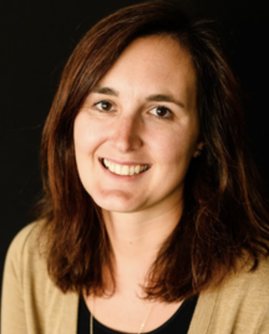
 RSS Feed
RSS Feed
